Imagine a world without measurement tools—a concept challenging to fathom given their integral role in our daily lives. Modern laser measuring tools, beyond carpentry, extend to pharmacology, healthcare, optometry, dentistry, and architecture. These tools, essential for measuring parameters like depth, diameter, clearance, and distances, have evolved to ensure accuracy across diverse fields.
In a world filled with an array of measuring instruments, from architects to medical students, understanding these tools is crucial. Check the article link for insights into the difference between scientific and graphing calculators.
Just as measuring tools vary, so do computing tools in the market, with calculators being indispensable for students during exams. Explore our compiled list of 27 essential measuring tools that hold significance in the real world. Let’s delve into the details without delay!
Essential measuring tools for home improvement:
- Angle Locator: The angle locator, tailored for construction tasks, stands out in measuring angles with precision using its magnetic base, particularly in confined spaces. It boasts self-threading screws crafted for non-metallic surfaces and includes a handy conversion guide for various applications.
- Digital Angle Gauge: The digital angle gauge, essential for forestry applications, swiftly delivers precise angle data. Affordable and magnetic, it assists woodworkers, engineers, and foresters in calculating miter angles and bevels on powered saws.
- Tape Measure: The tape measure, a staple for surveyors and real estate, is a foldable tool that measures dimensions with versatility. Available in various sizes, it caters to carpenters and agents, offering a compact and lightweight design.
- Pressure Gauge: The pressure gauge, versatile for health and industry, measures blood pressure or air pressure. Aneroid and hydrostatic styles find application in pharmaceutical, petrochemical, and mechanical environments.
- Calipers: The calipers, made of steel, provide precise measurements in metalworking, medicine, and construction. Digital variants offer enhanced accuracy, making them a preferred choice in diverse professional domains.
1. Angle Locator
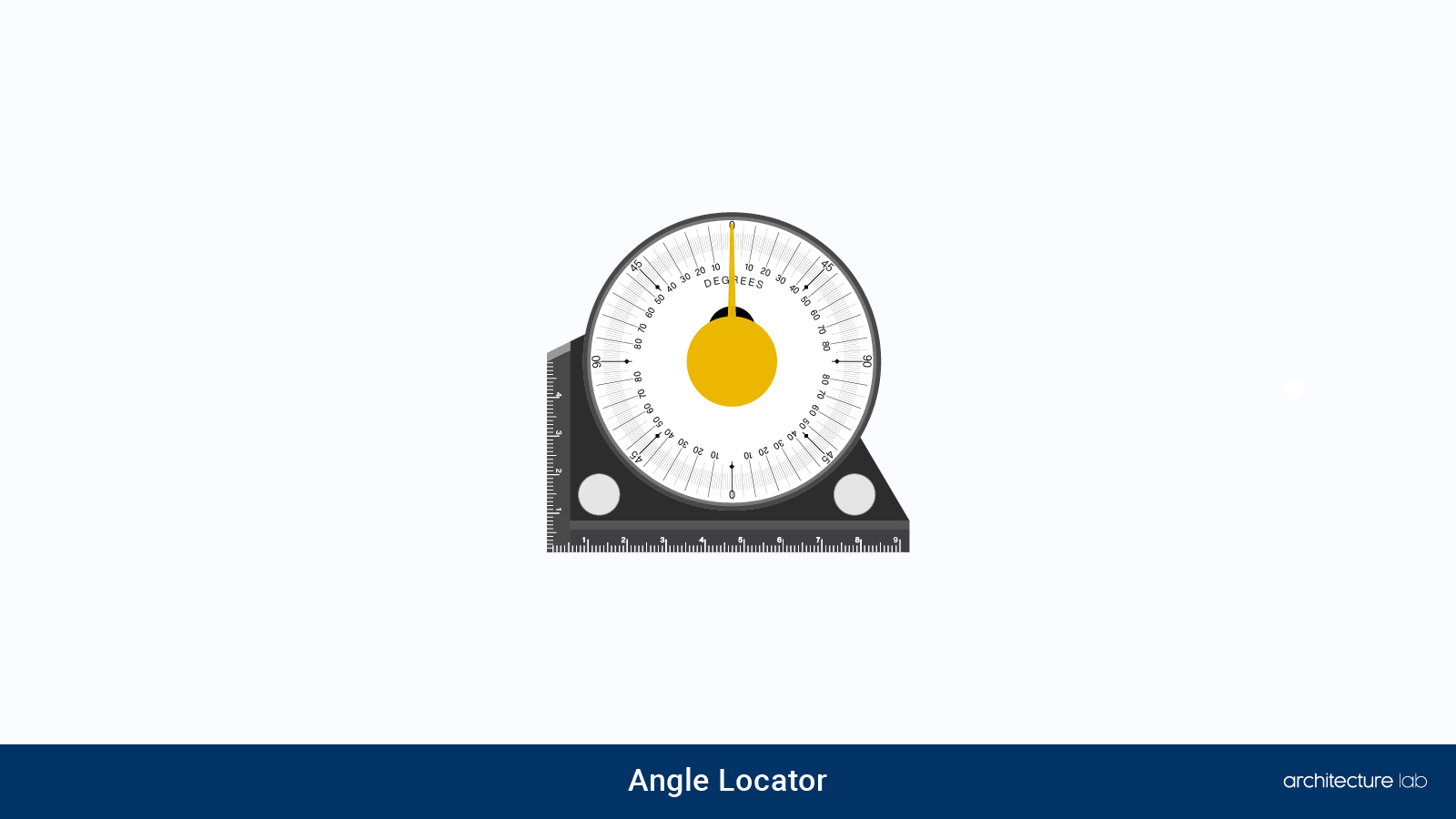
The most common measuring tool used in the construction or carpentry industry, an angle locator is perfect for measuring angles and duplicating the gradient of an existing region. Also known as an angle finder, it boasts a digital display and magnetic base that attaches easily to metal measuring squares and makes it easy to measure a particular space.
In fact, a few models are equipped with self-threading screws to measure angles on non-metallic measuring squares.
All you need to do is place the edges of the angle locator on the surface and then use the measurements to calculate the angles. While you can use it on almost all surfaces, it works well on crammed workpieces.
So, if you want to determine the angle of a closet where there isn’t much space, then an angle locator will come to your rescue.
What’s more, many models are equipped with a conversion guide that makes it easy for users to determine stair slopes, roof pitches, and drainage angles. Having said that, angle locators are a must-have for everyone whose job entails determining angles often.
2. Digital Angle Gauge
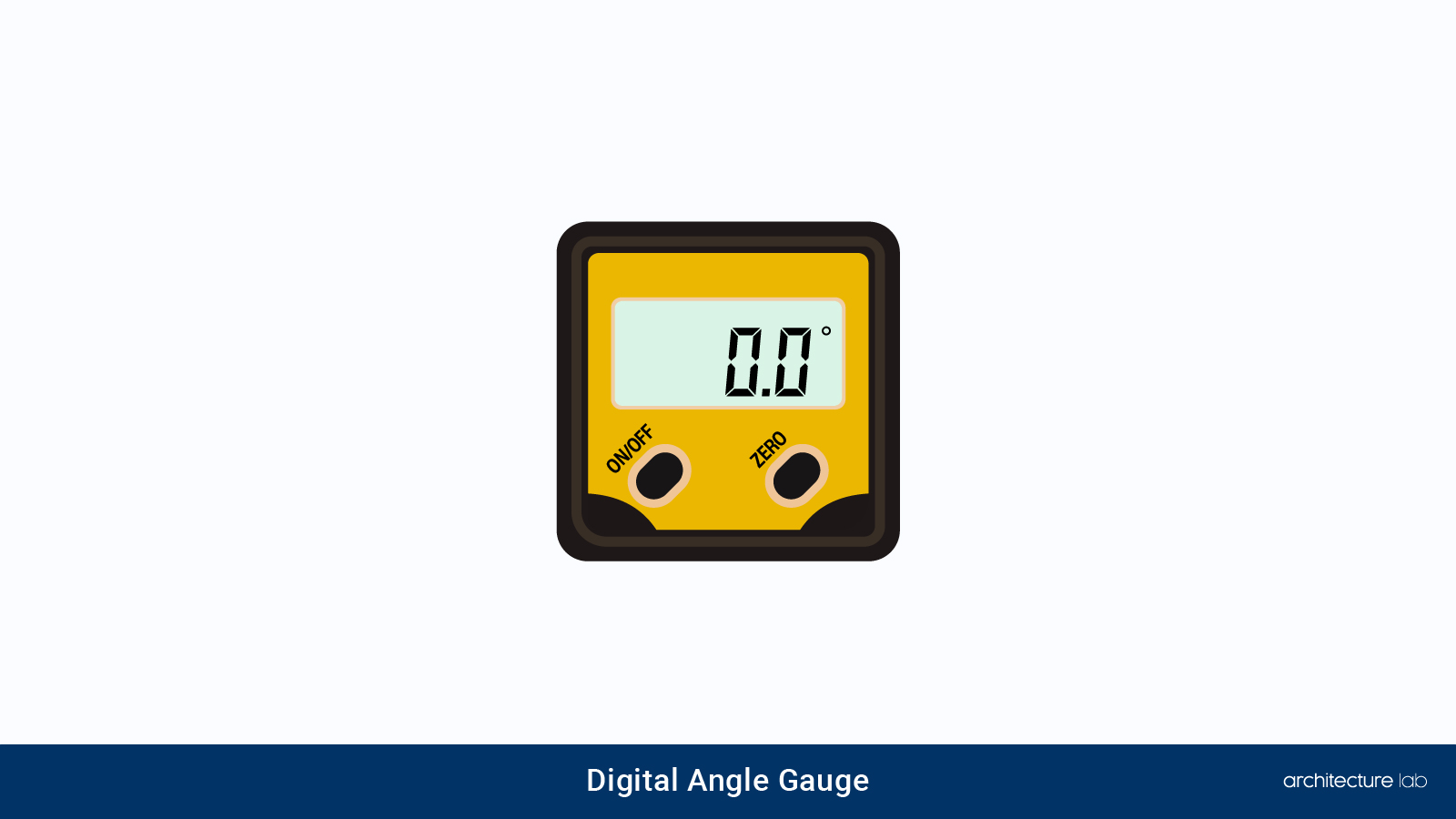
Arguably, a digital angle gauge is an important measuring instrument used in forestry to determine whether the tree lies within the boundary of the plot or not. What makes it a popular measuring tool among foresters is that it provides accurate data compared to analog angle gauges.
In addition, it’s easy to use and determines angles more quickly than other devices. Armed with automatic calibration controls and a powerful magnetic base, it comes in handy for calculating miter angles and precise bevel on powered saws.
Unlike other measurement tools, angle gauges are relatively easy on the pockets, so it’s a must-have for woodworkers, engineers, and foresters.
3. Tape Measure
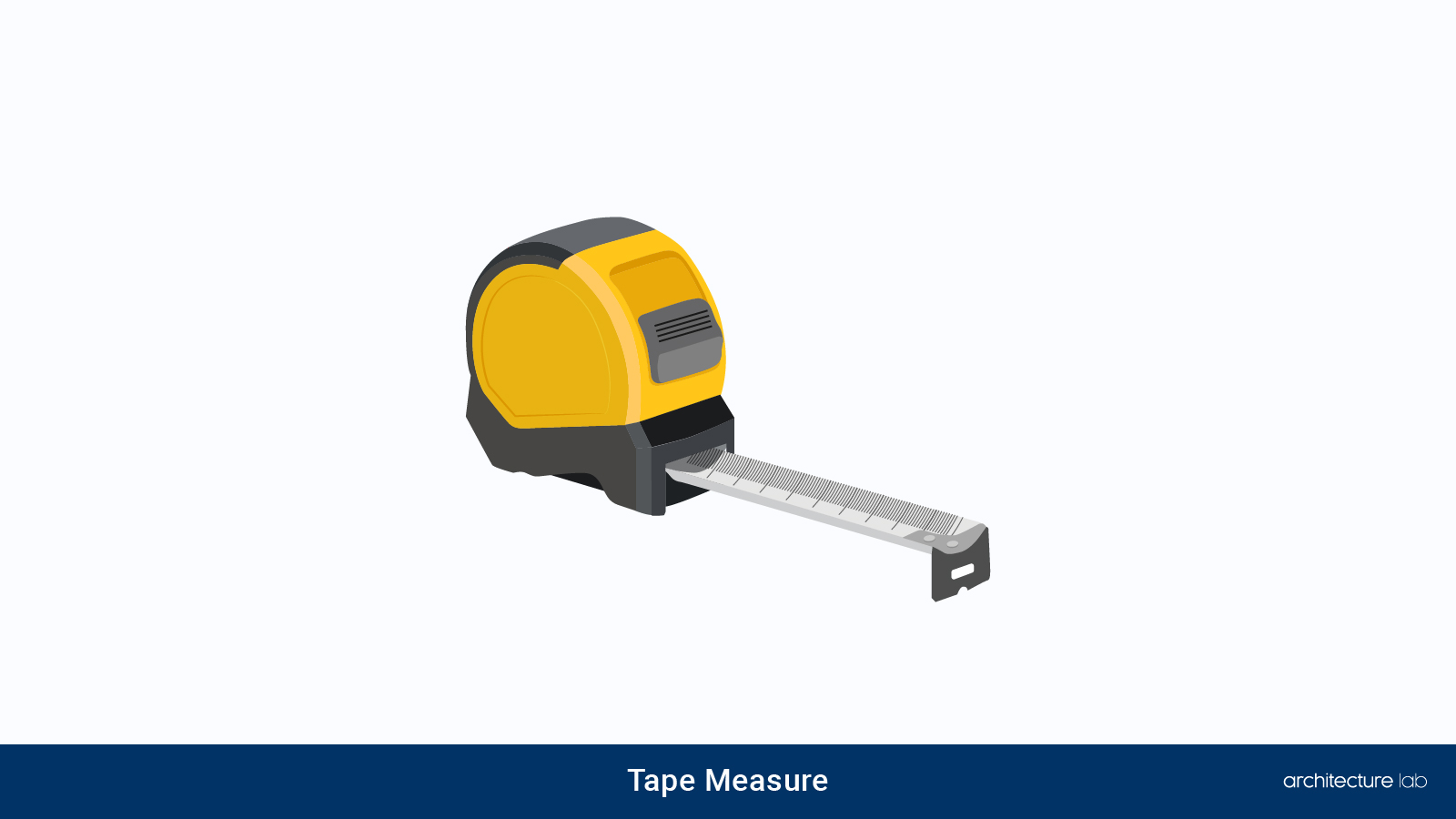
Yet another common measuring tool among professionals is a tape measure that is used by surveyors, civil, mining, and geological engineers, technicians, landscaping, ground scraping workers, and real estate workers.
With a measuring tape, you can measure the height, width, length, and depth of almost any object or area. And since it is foldable, you can measure curves and corners with it without any issues. From 12 feet to 100 feet, tape measures are available in a variety of sizes, making them perfect for carpenters and real estate agents.
More often than not, you’ll find measurements marked in inches, millimeters, or centimeters. Of course, measuring tapes are available in various forms. While sewing tapes are common among dressmakers, the self-retractable ones are used for craft and building purposes.
Not to deny, their compact and lightweight design has made them a popular option among professionals.
4. Pressure Gauge
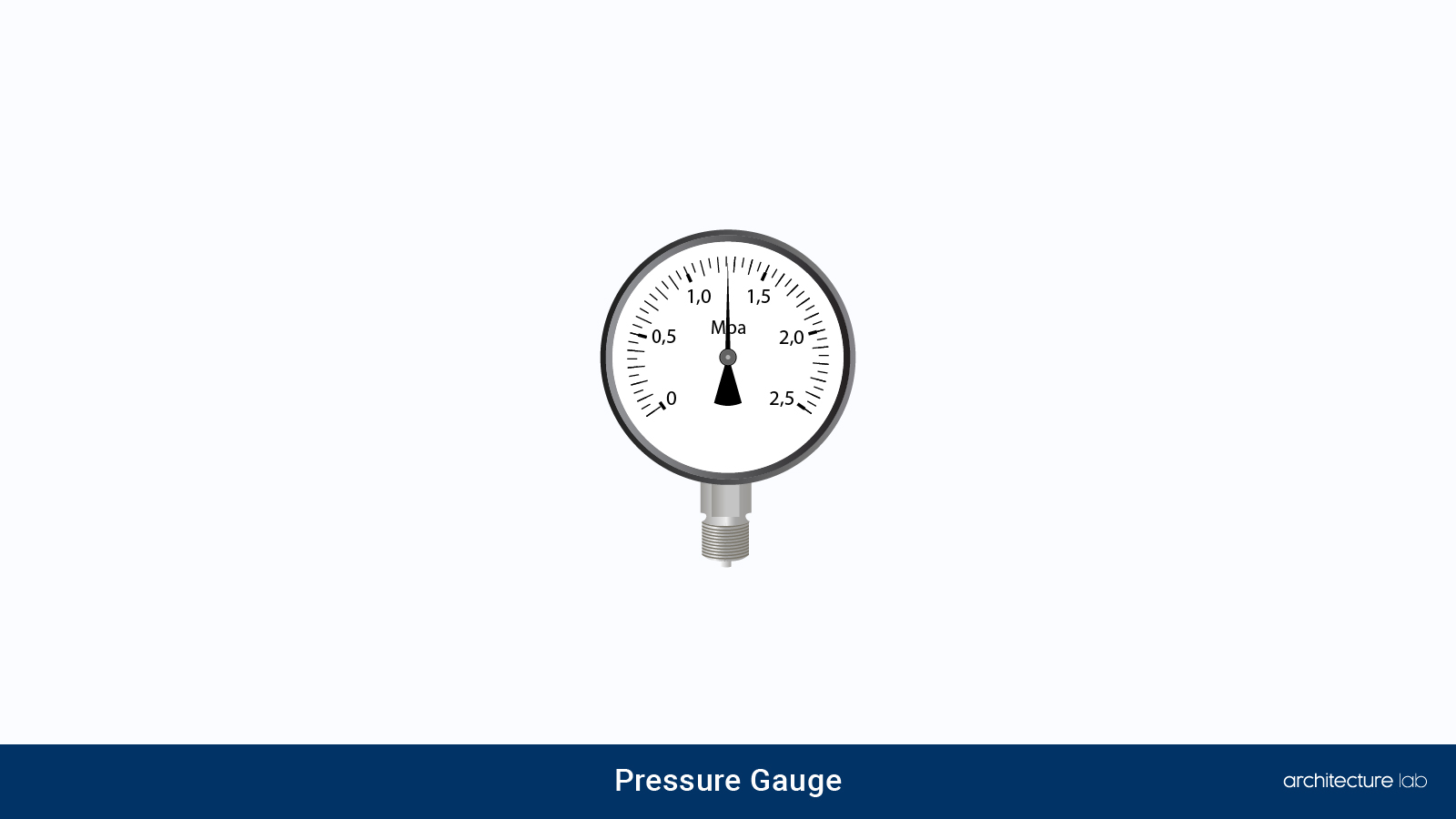
Irrespective of whether you want to measure your blood pressure or air pressure, pressure gauges are another versatile measurement device that is a must-have for everyone. And since the measurements on a pressure gauge are easy to read, it’s used in commercial and industrial environments to maintain the safety of a plant.
Usually, aneroid and hydrostatic styles are the most common analog pressure gauges used by people. Along with pharmaceutical, sanitary, petrochemical, and process industries, these are used by mechanics to measure the air pressure of tires and fill them up if need be.
5. Calipers
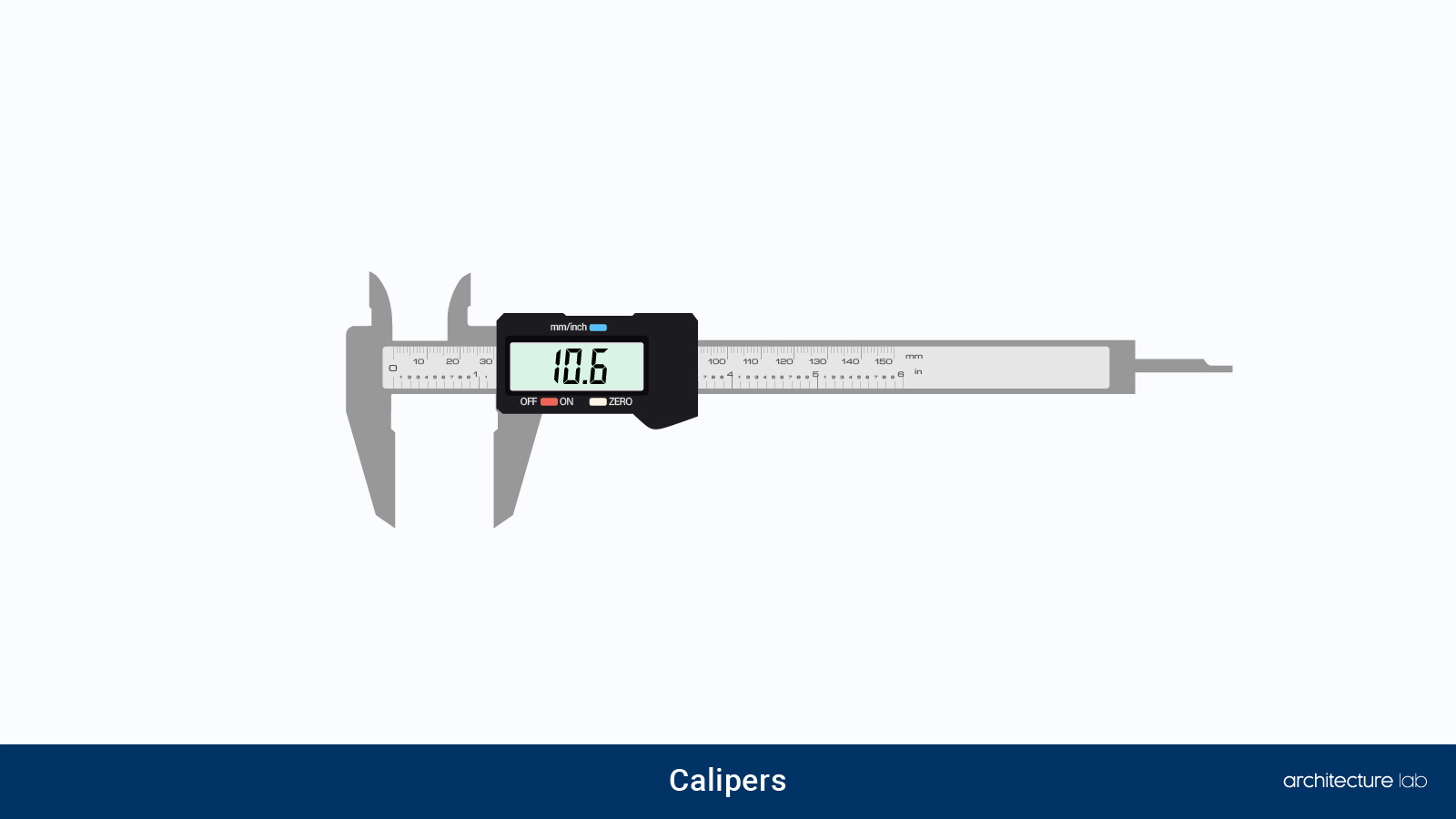
Looking for a measurement tool that will come in handy to measure the length, thickness, diameter, depth, and width of objects? If yes, then calipers will determine accurate measurements of any object you want.
Made of steel, this measuring device is used in diverse fields, such as metalworking, medicine, construction, engineering, and household.
Using calipers is easy; simply adjust the tips across the object you wish to measure, remove them, and then measure the total length using a ruler. However, we’d like to mention that digital calipers can produce accurate measurements, unlike analog ones, so you may as well go for them.
6. Micrometer
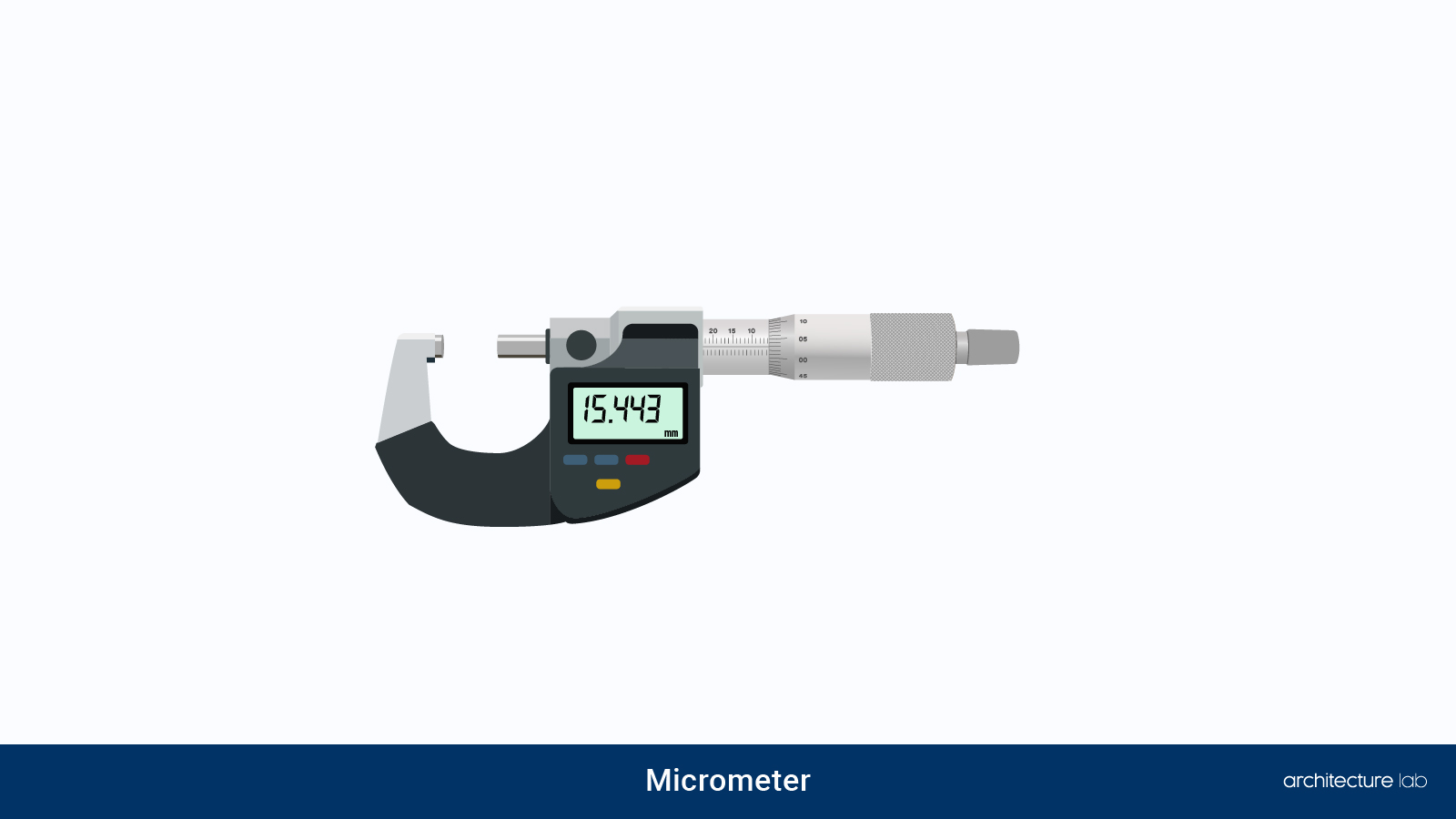
Although similar to a caliper, a micrometer screws down rather than sliding across the object. Basically, it is used to measure the length, depth, and thickness of objects by placing them in between the anvil and the spindle. And since it features a ratchet knob, you’ll have to adjust it to rotate the spindle till the object is measured.
Also known as screw gauges, micrometers are available in two types – analog and digital. But, if you’re looking for a device that produces accurate measurements, then digital micrometers are the best bet.
Mostly, these devices are used to measure objects in mechanical engineering and mechanical trades.
7. Laser Level
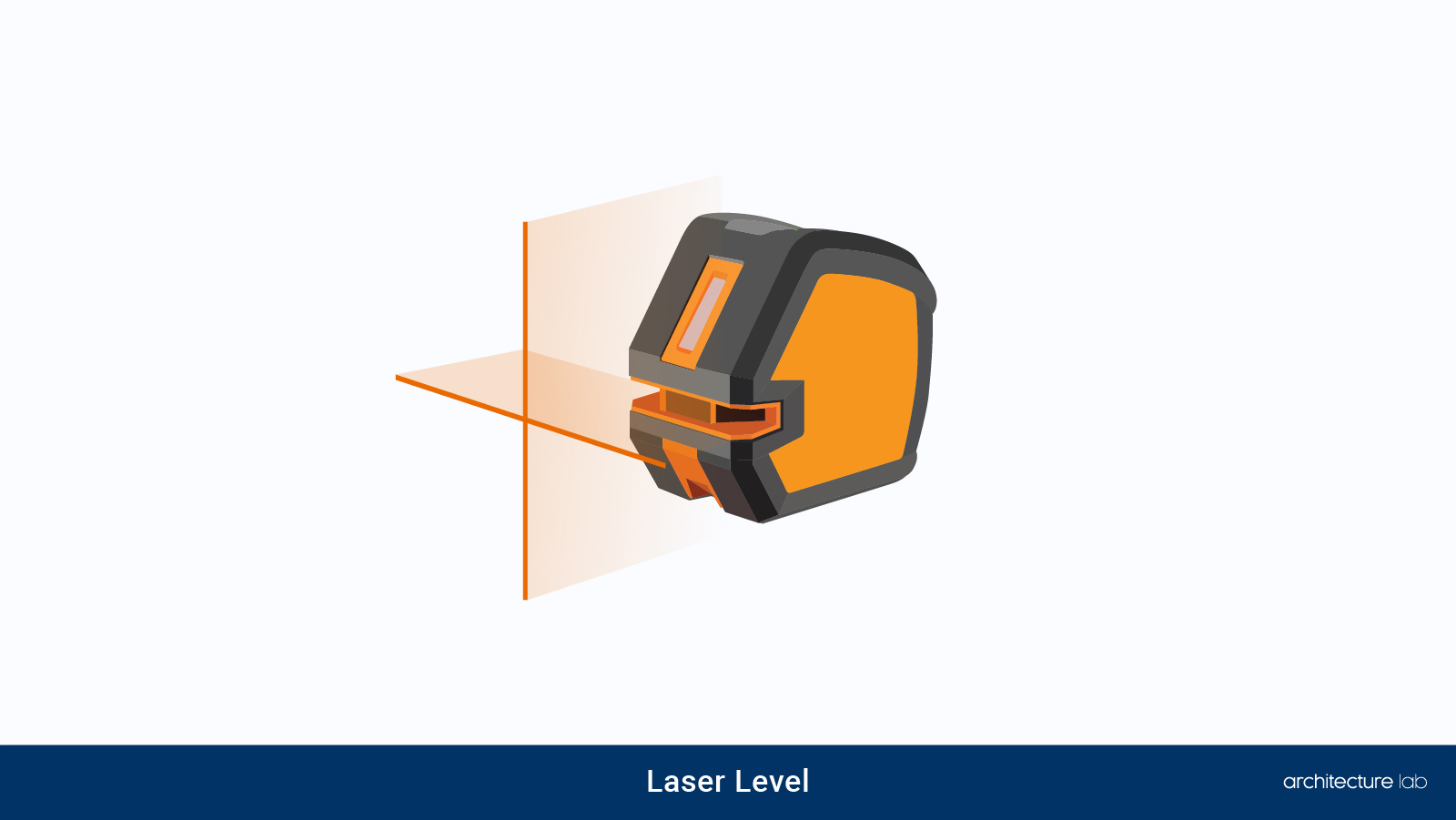
Yet another innovative measuring tool is the laser level, which is most commonly used in the surveying and leveling industry. The working of laser measures has evolved to a certain stage and learning how to use them became simple. Equipped with a rotating laser beam projector, this device can be attached to a tripod to measure straight lines along walls, floors, and so on.
That’s not all; some fancier models are capable of measuring the distance from the device to the end of the laser beam, providing precise measurements.
8. Thermometer
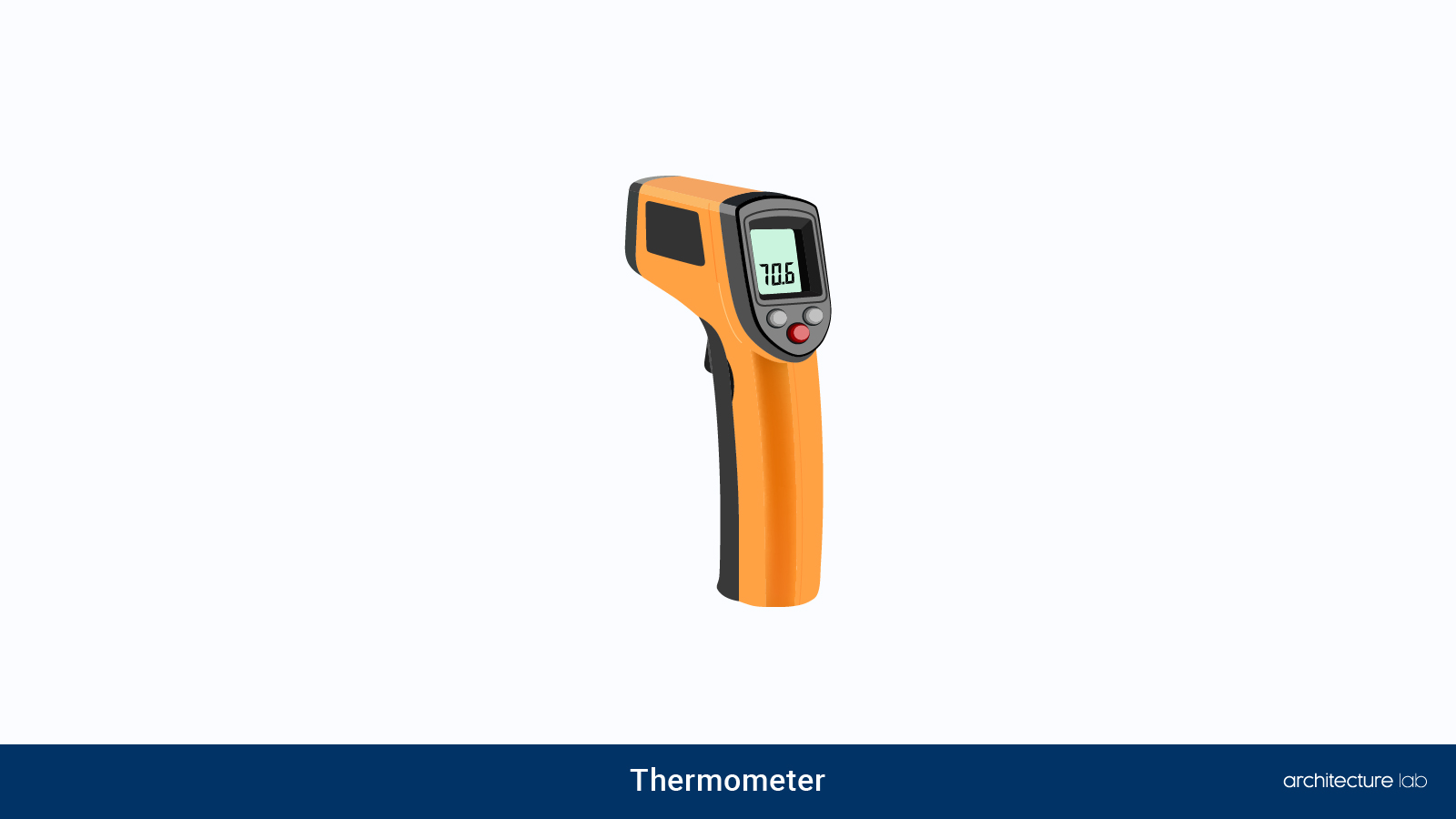
Every one of us has a thermometer stored in our first-aid box, isn’t it? Practically, it’s used to measure body temperature, but in recent times, it is also used to monitor processes in scientific research, medicine, meteorology, technology, and industry. Furthermore, it is available in various styles, from digital to mercury, so you’re spoilt for choices when it comes to thermometers.
Out of all forms, digital thermometers provide accurate results, which is why they are most sought-after among homeowners.
9. Measuring Squares
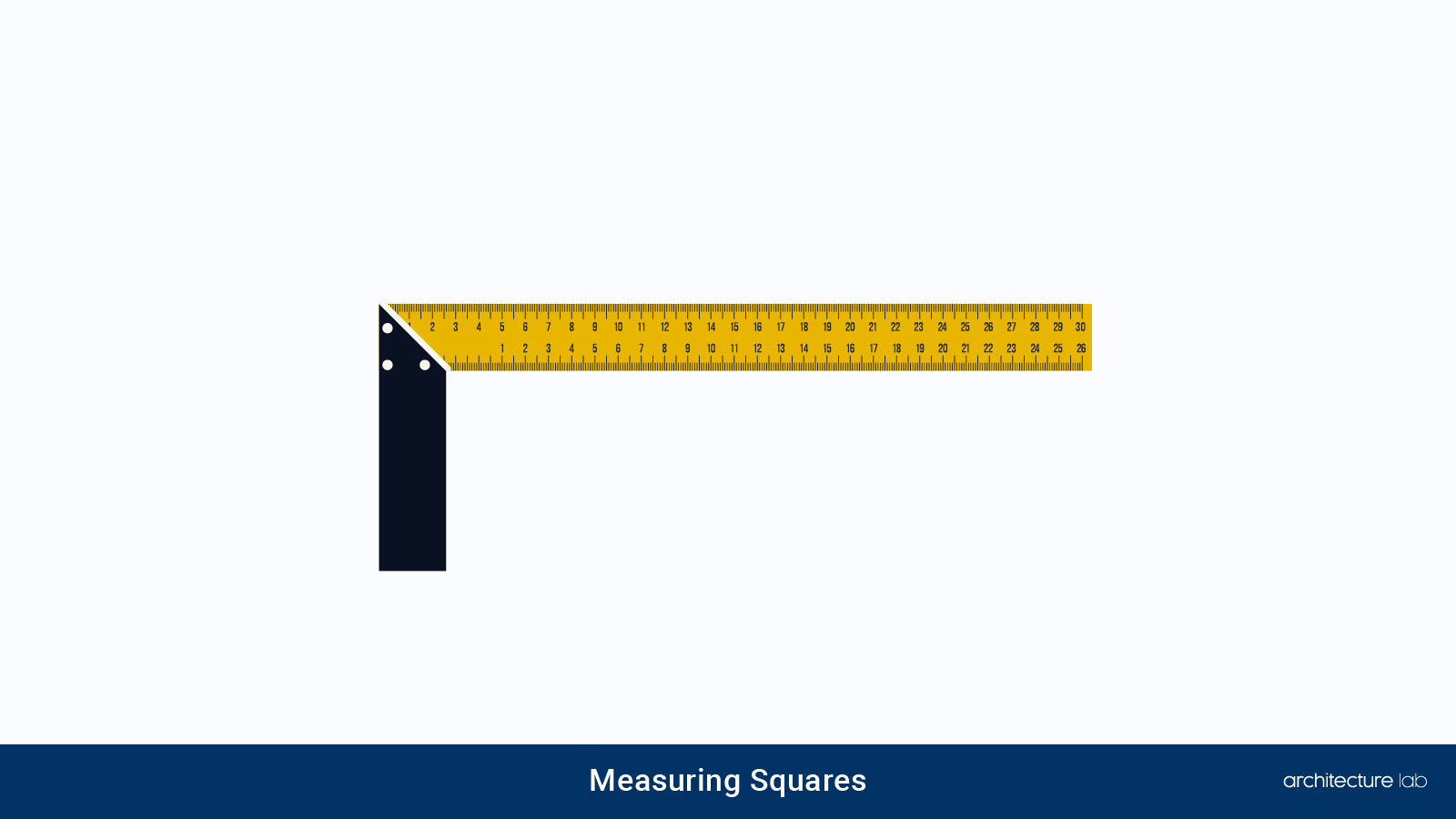
Boasting two straight edges placed at a right angle to each other, the measuring squares is yet another important measurement tool for machinists and carpenters. It is used by them to determine the accuracy of right angles before drawing lines on workpieces for cutting.
Also known as a carpenter’s square, it is available in a variety of forms, such as speed squares, framing squares, drywall squares, and combination squares.
10. Rulers
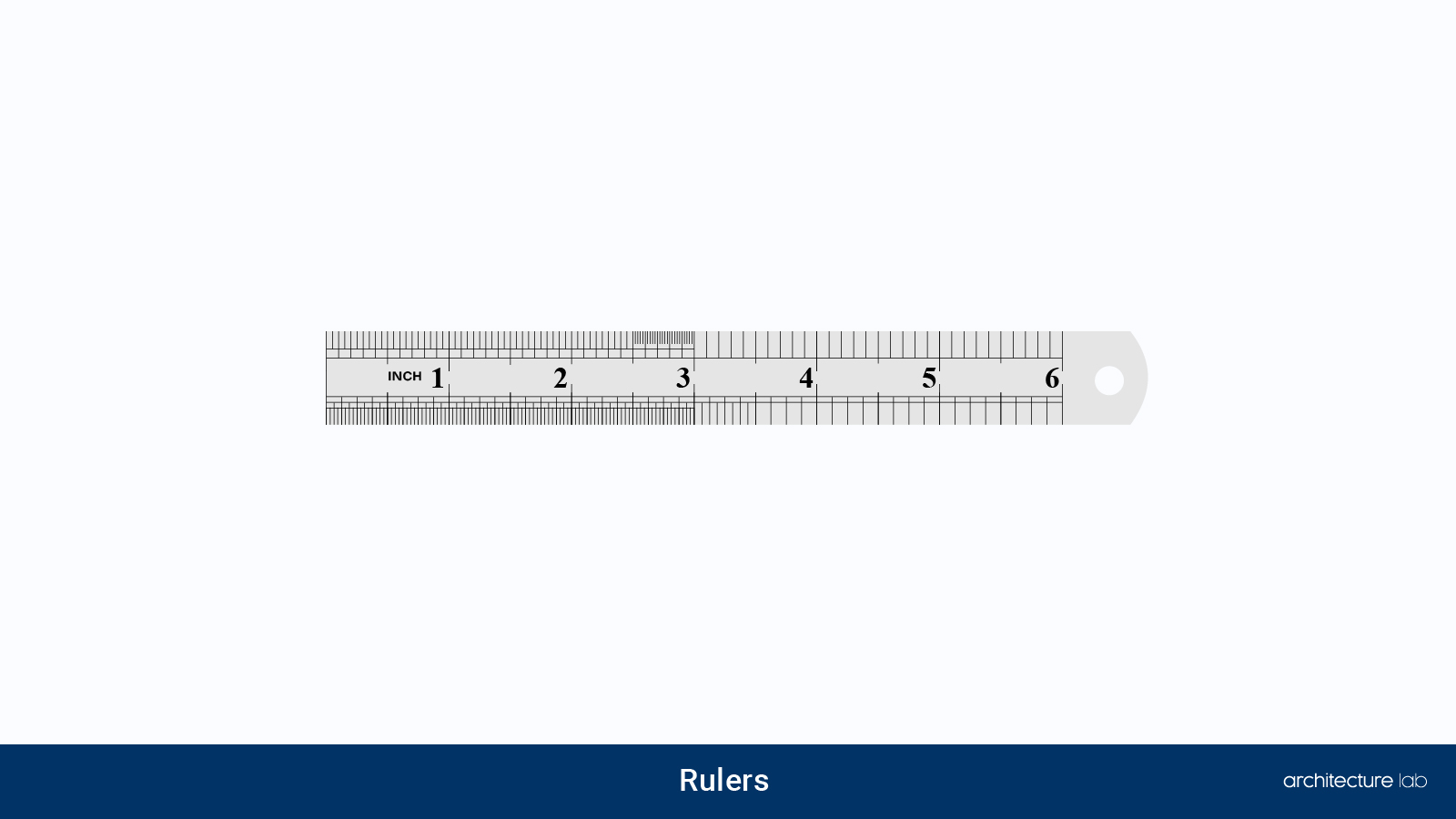
Whether you’re a student or an engineer, you won’t deny that a ruler is a very important tool that comes in handy for pulling off a variety of tasks. However, it’s most commonly used to measure distances and draw straight lines on flat surfaces.
Most often, it’s referred to as a straightedge, line gauge, or a rule and is practically the most common measuring tool that is found in almost every household. But professionally, it’s used by constructors, tailors, and engineers.
11. Protractor
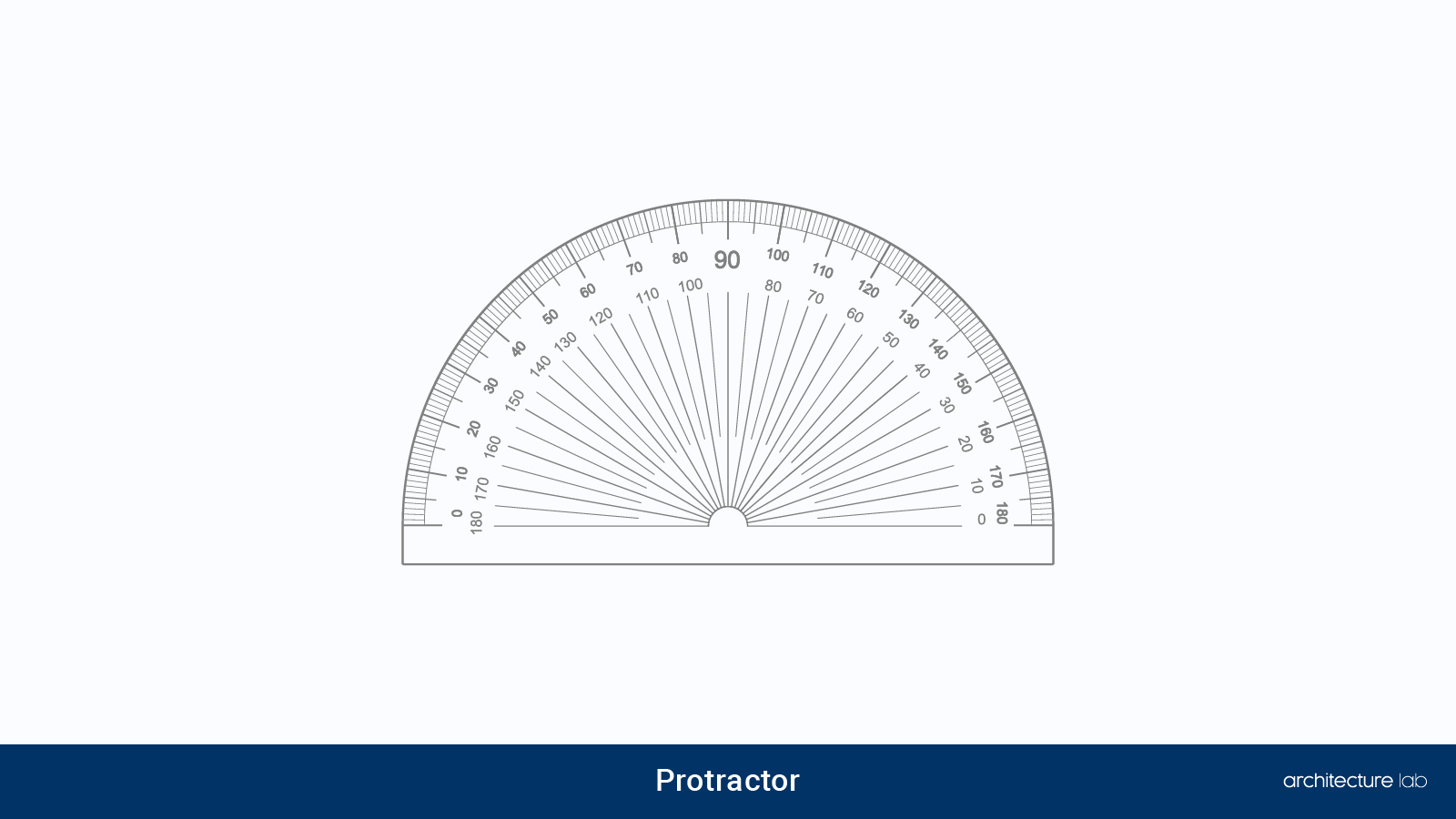
We’ll be honest – math classes were boring, but drawing triangles or measuring angles with protractors was fun, wasn’t it?
Constructed either of plastic or glass, these measuring devices are semi-circle in shape, featuring markings from 0° to 180°. However, a few mathematically oriented protractors measure in radians rather than degrees.
Besides high school children, they are used by mechanical engineers, scientists, and physicists to pull off their day-to-day tasks in a breeze.
More often than not, protractors are made of plastic, which means they aren’t suitable for complex tasks. That’s why we suggest going for protractors constructed of metal so that they can withstand everyday wear and tear.
Lately, digital protractors have been making rounds in the industry that are capable of measuring angles more than 360 degrees.
12. Compass
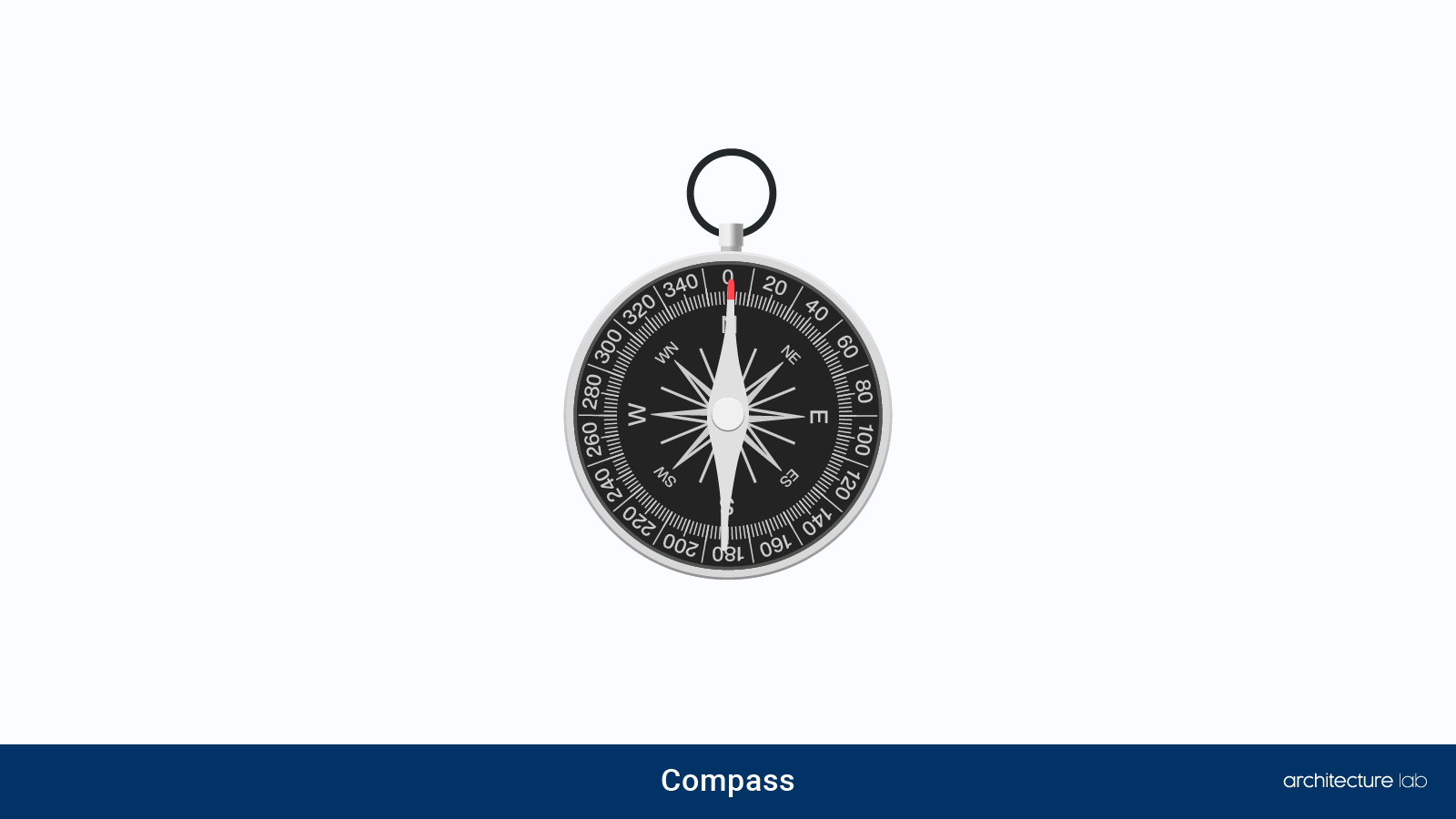
Much like a protractor, a compass is another tool that everyone has used in their geometry classes to draw circles. But did you know that it is one of the most important tools used for navigation by sailors?
Often referred to as the “Four Great Inventions” of China, it is widely used for military operations and by outdoor activity enthusiasts and sailors to find directions.
13. Odometer
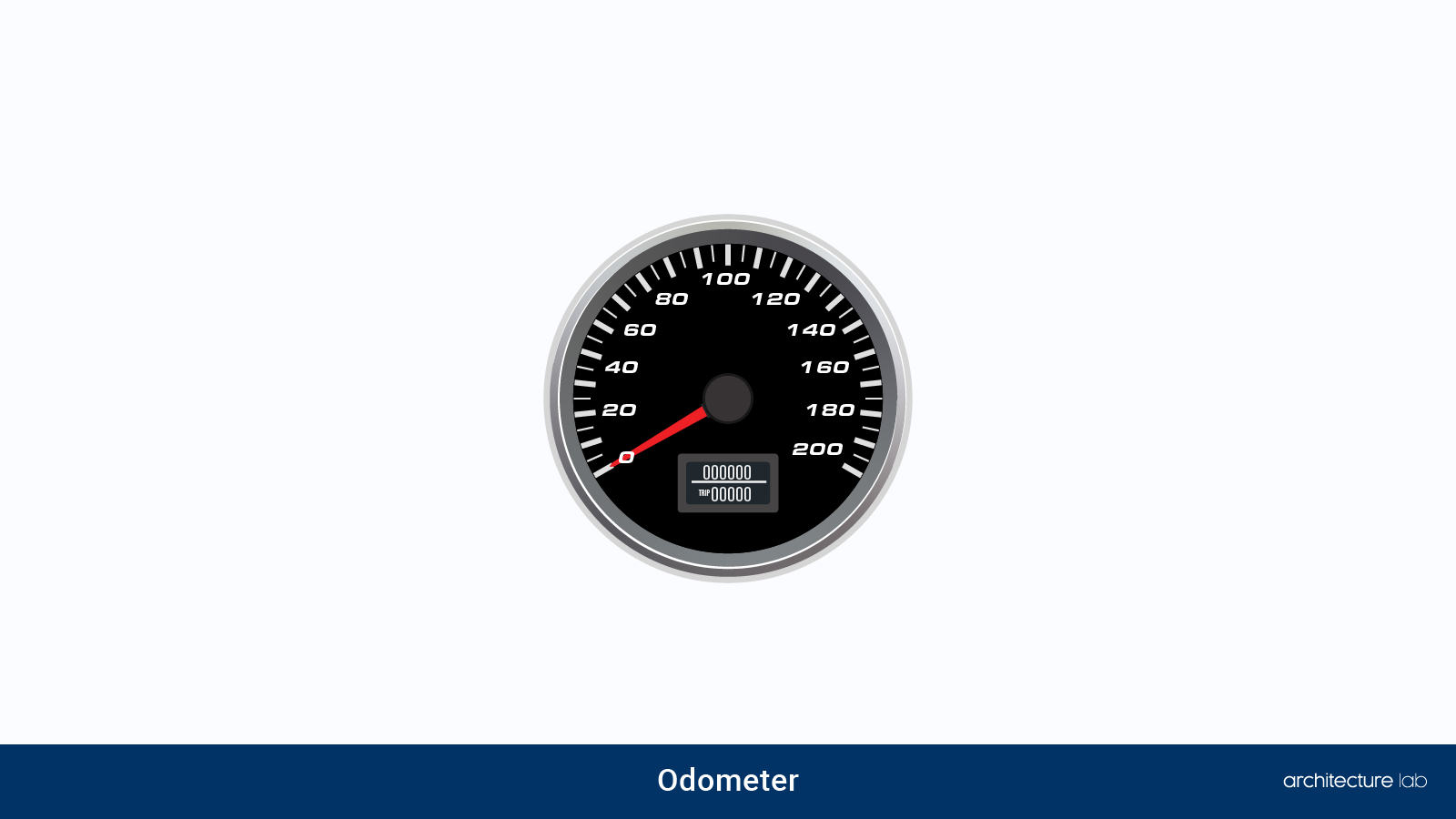
An odometer is used in bikes, cars, or other vehicles to measure distances covered by them.
Out of all the odometers available on the market, digital ones are most commonly used in vehicles. They can also be mounted on a bicycle to record the kilometers you’ve traveled.
These tools are far cheaper than mechanical odometers while being equipped with the latest features, so they pack a powerful punch.
14. Speedometer
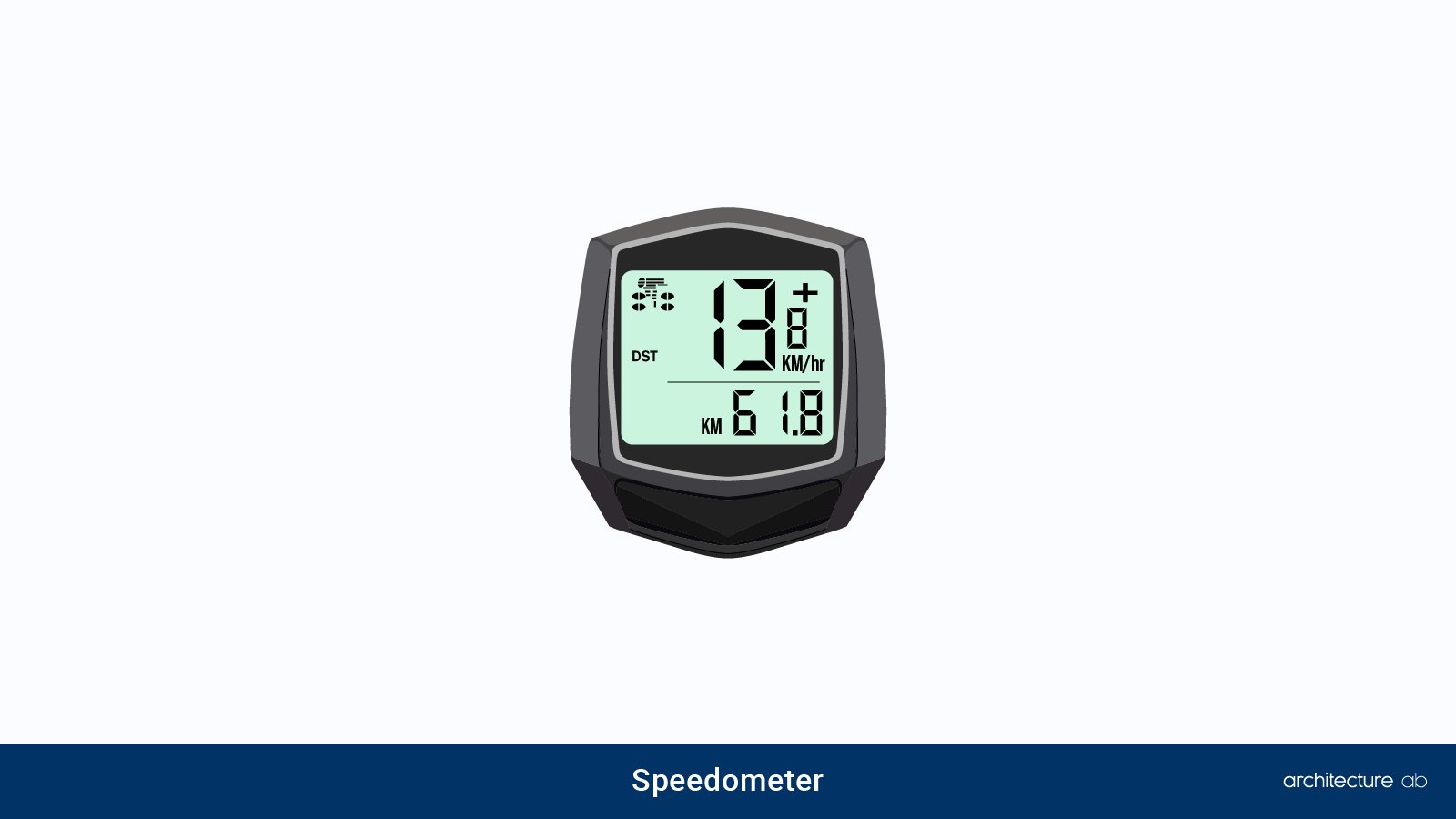
Another important tool that is used to measure the speed of objects is a speedometer. It is used in automobiles, such as cars, bikes, trucks, and other vehicles to measure the speed at which it’s traveling.
In addition to that, this measuring device is used for scientific purposes, so it’s a multi-functional tool. Basically, the speed-indicating mechanism of speedometers is driven by a spherical magnet that revolves 1,000 times per mile covered by the car.
Of course, the primary purpose of installing speedometers in vehicles is to alert motorists of the speed they are traveling in, so they drive carefully.
15. Measuring Cups
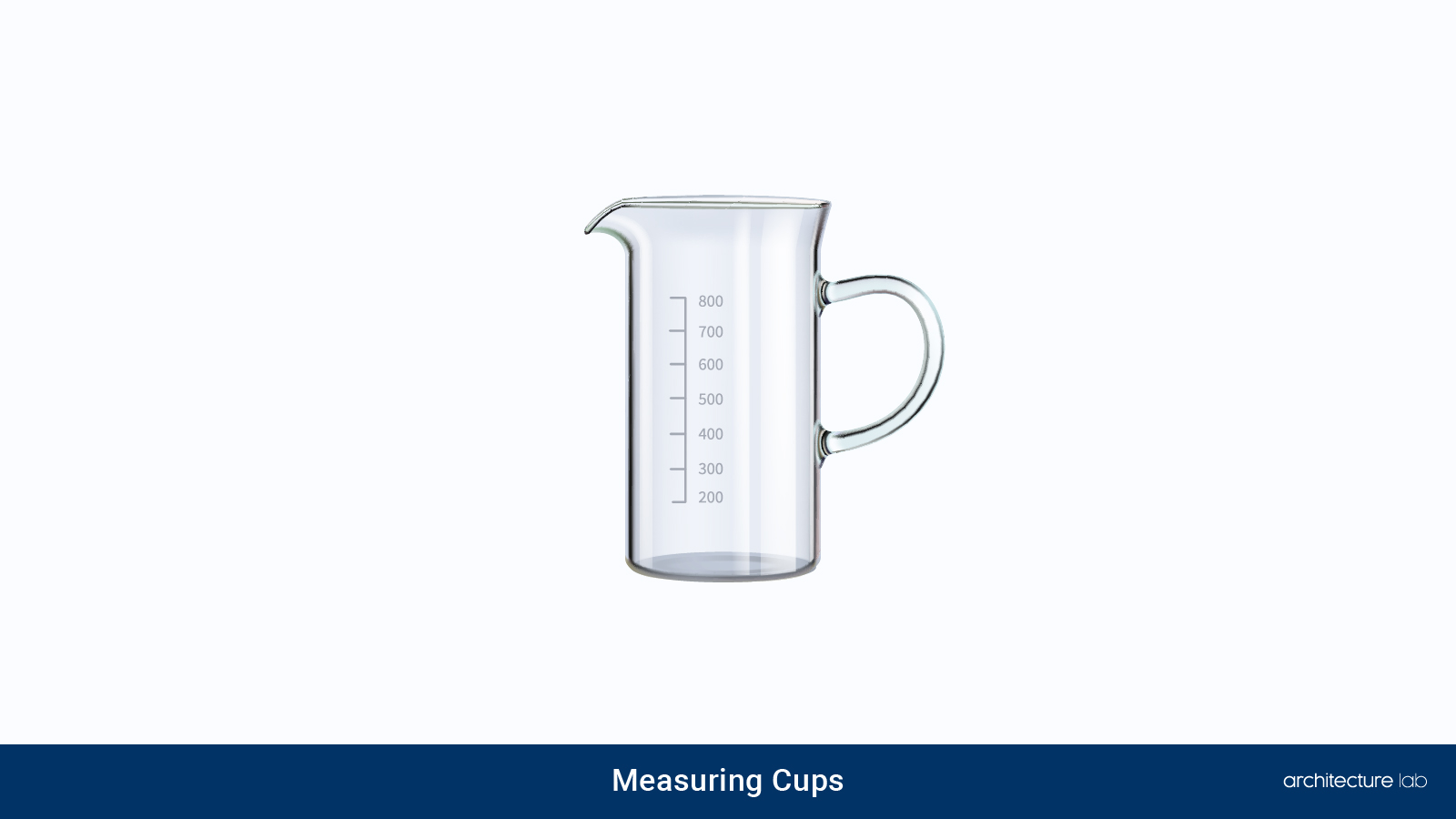
When it comes to cooking food, adding the right amount of sauces, spices, and other ingredients is the secret to making them delicious. That’s where measuring cups enter into the picture.
And if you’re a baker, we bet you already have one in the baking arsenal. Not only for culinary purposes but they are also used by chemists for measuring liquid volume.
So, whether you’re a baker, chemistry student, or chef, it’s time to add one to your array of measuring devices.
16. Level
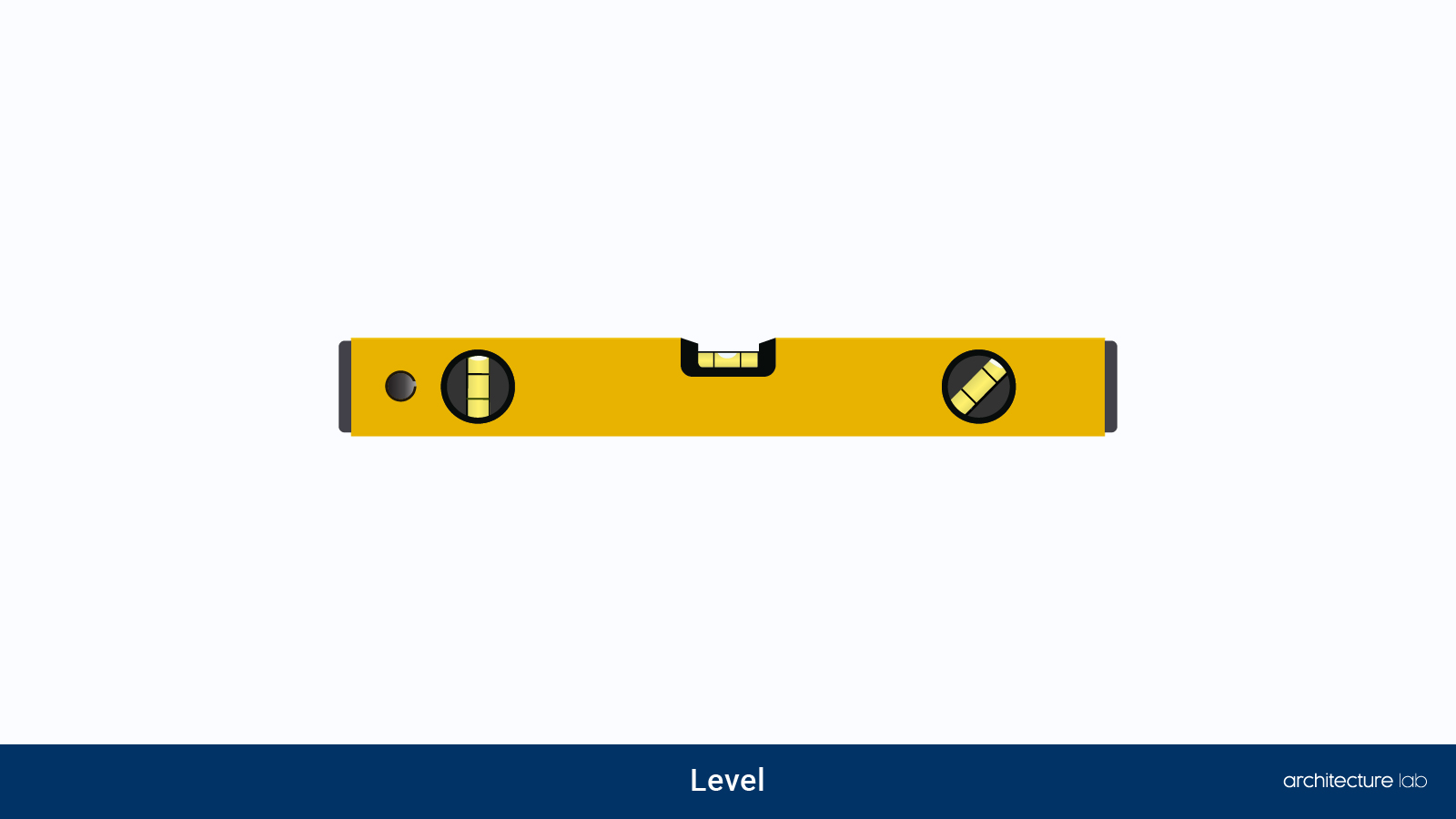
Most often, this measuring device is an optical instrument that is used to determine horizontal planes.
Though commonly used for woodworking, construction, and metal shops, it’s a must-have for every homeowner because it comes in handy for installing shelves, hanging pictures, and so on. Unlike other tools, it makes use of air bubbles to display the measurement results.
All you need to do is place it on the surface and seal it in the horizontal direction to a flat block of wood. Subsequently, the glass tube of the device tilts, and the movement of the bubbles indicates the horizontal adjustment.
For construction purposes, two-, four-, and six-foot-long levels are used for precise measurements.
17. Clocks
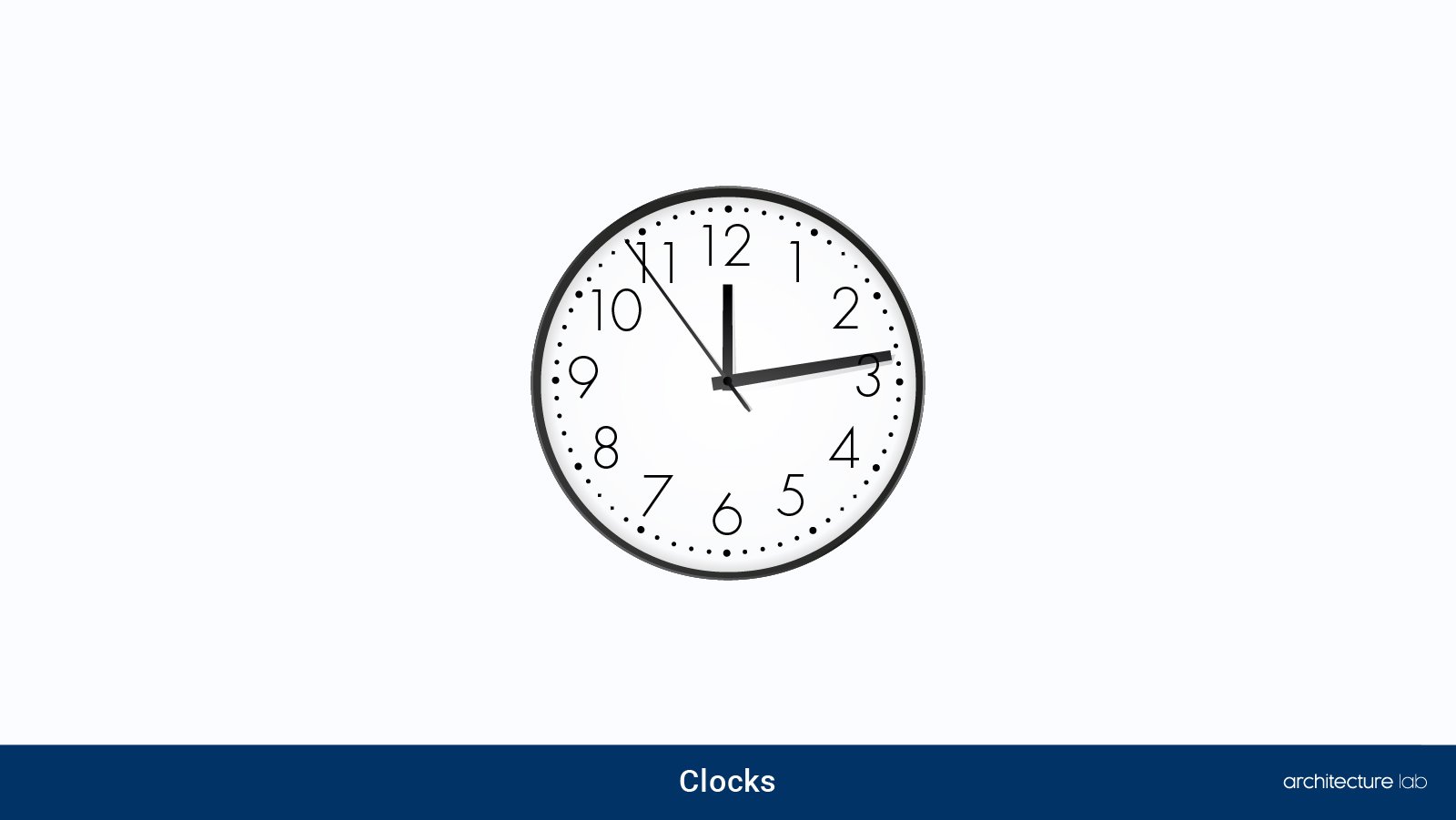
There’s no denying that clocks are an indispensable part of our everyday lives and for a good reason!
They come in handy for measuring time because of which we are able to plan our day and pull off all our daily tasks without fail. Not to deny, clocks are available in a variety of styles, from analog to digital.
Compared to analog clocks, digital clocks are far more reliable, accurate, and easy to read, which is why people prefer them over the former.
18. Glucometer
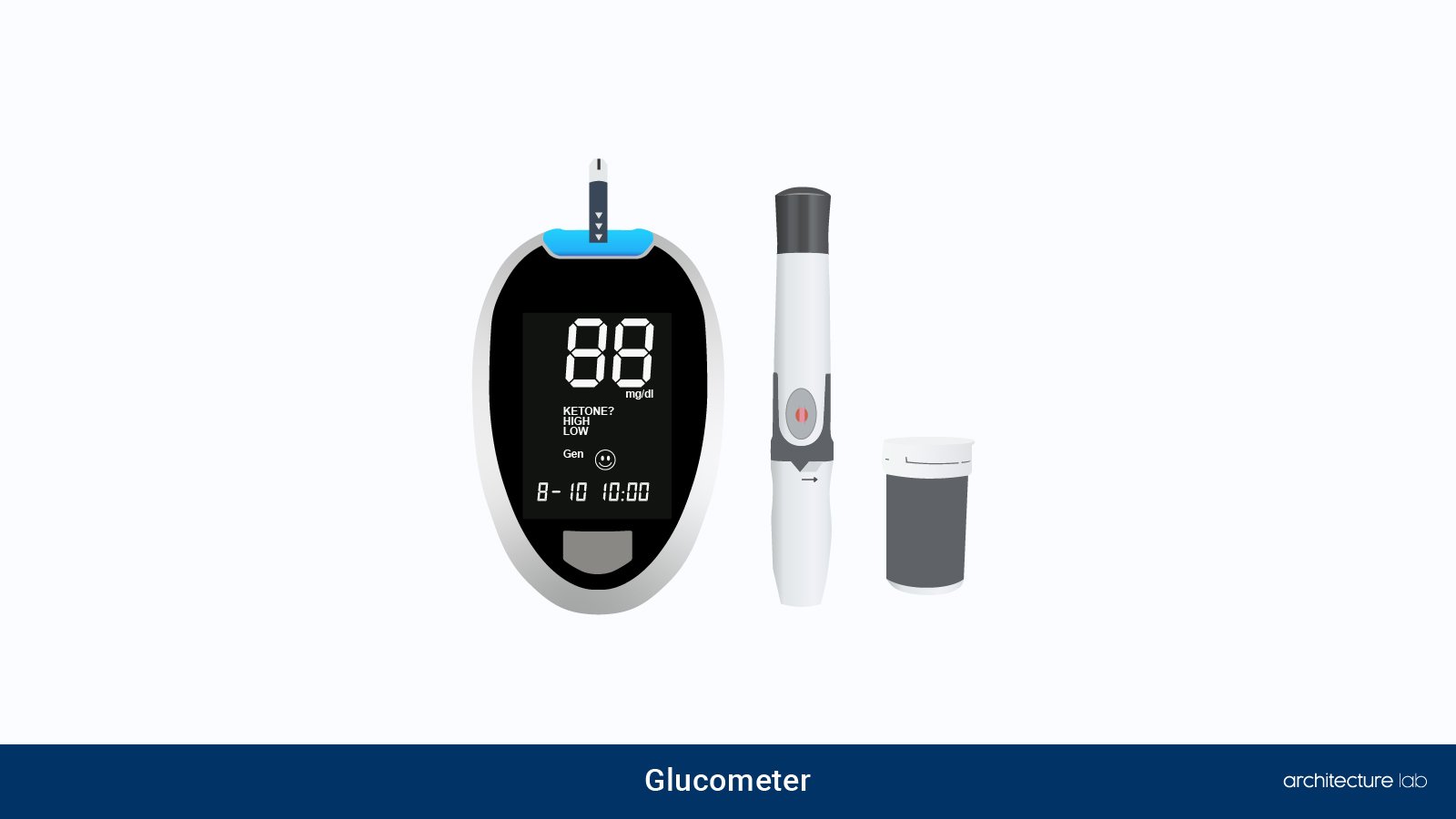
Usually, glucometers are found in hospitals as they are used for measuring blood pressure levels to ensure whether they are stable or not. To be more precise, people who have diabetes rely on them to check their glucose levels.
For those unversed, let us tell you that the glucose levels of a diabetic patient must neither be too high nor too low. Or, it may lead to health complications, putting their life at stake. So, if any of your family members suffer from diabetes, make sure you get one for them to monitor their glucose levels.
19. Bubble Inclinometer
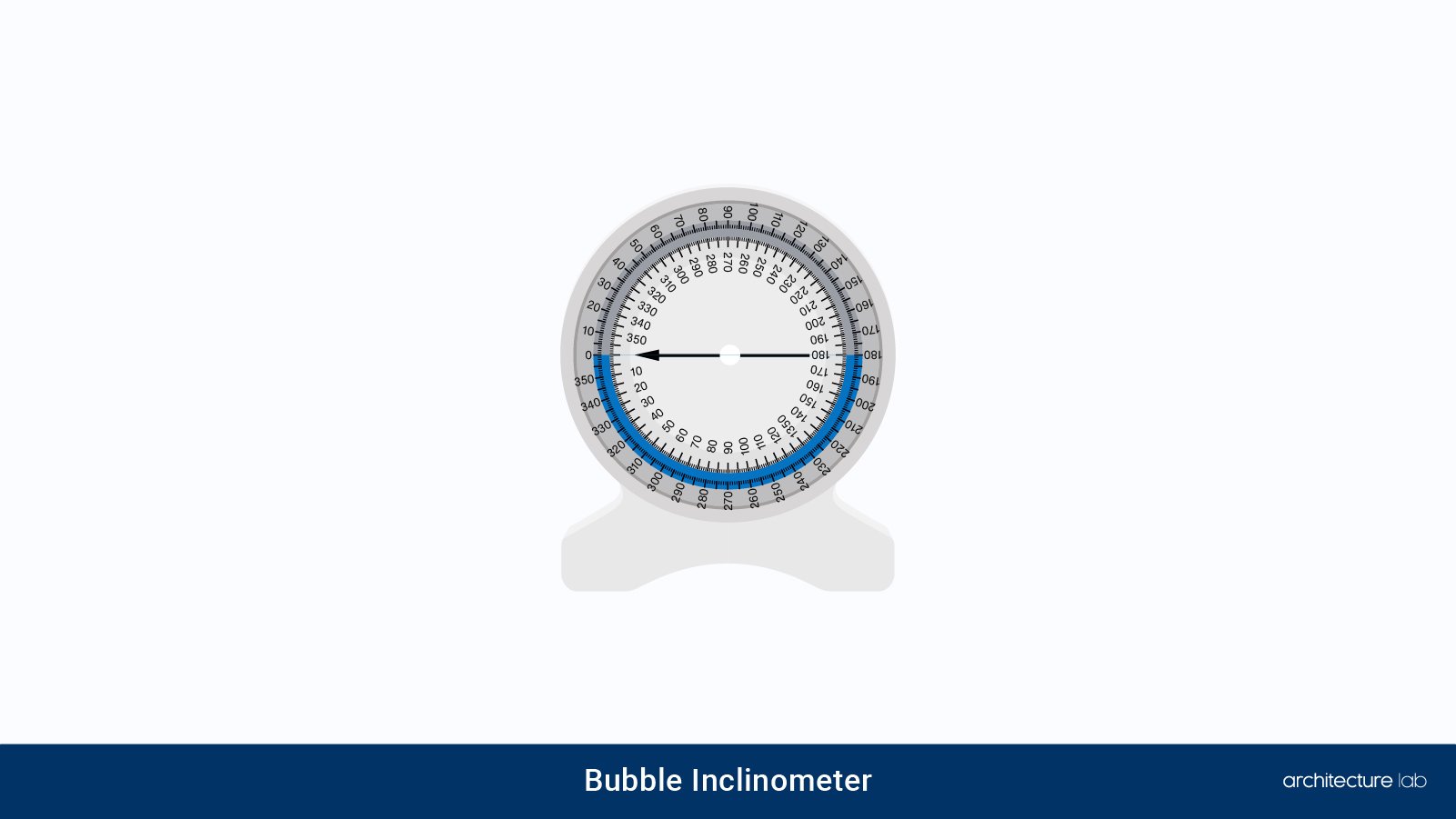
If you want to know how perpendicular an inclination is, then it’s time to get your hands on a bubble inclinometer. For most parts, it’s similar to an angle locator, but it delivers information slightly differently than the former.
Though it is similar to a kitchen timer in design, it works like a level. All you need to do is place it over the joint you wish to measure, set it to zero, and that’s it.
Despite being one of the most effective devices on the list for measuring range, it isn’t as easy to use as others, which might be a bummer for some.
20. Surface Plate
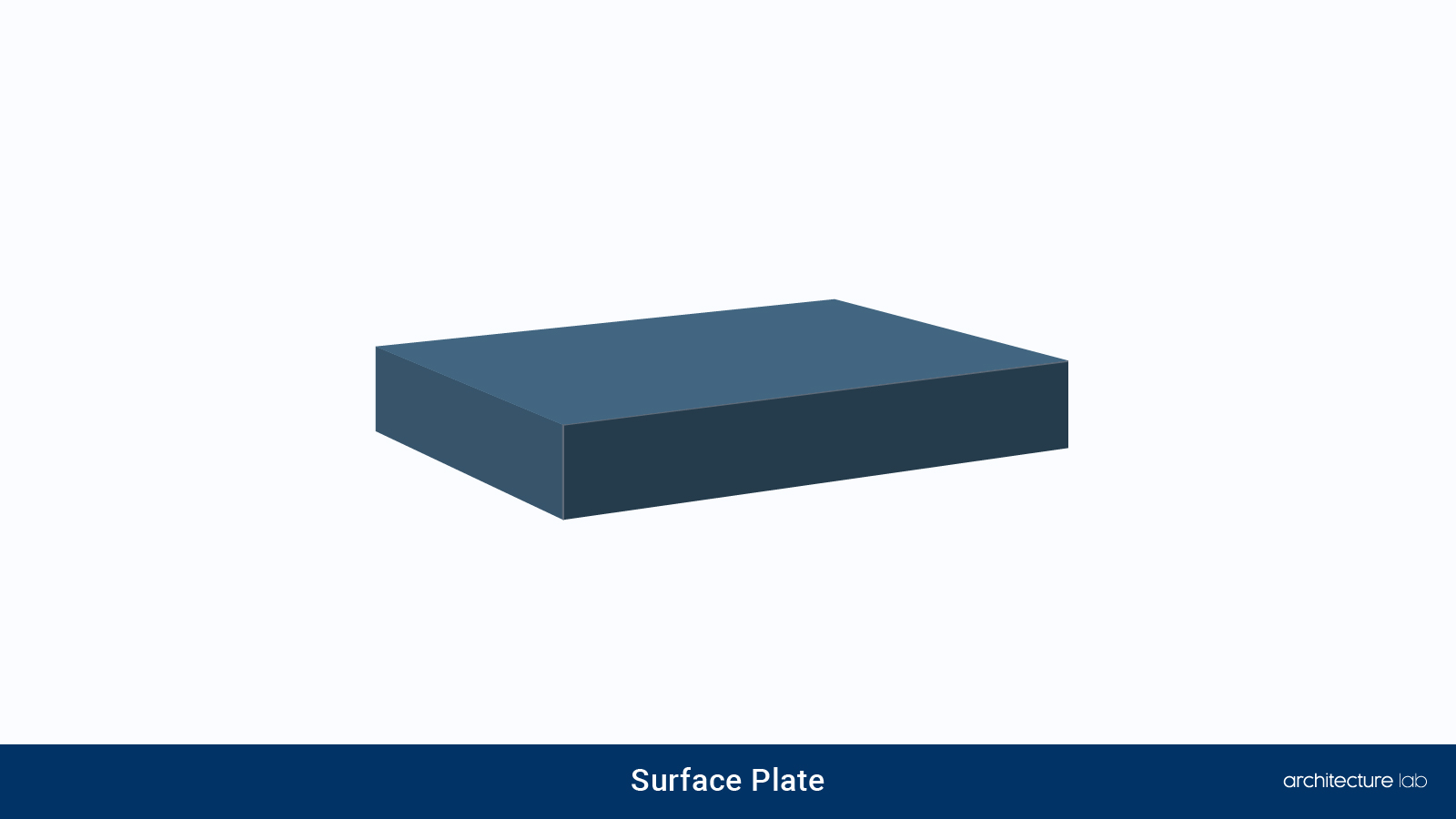
Also known as a granite inspection table, a surface plate is usually used as the primary horizontal reference plane for tooling setup, layout, and accurate inspection.
Since it is equipped with mounting points, it can serve as an integrated structural element of high-precision scientific, optical assembly, coordinate measuring, and industrial machines. Customarily, the plates are rectangular, square, or round, but they can be cut into any shape.
21. Torque Meter
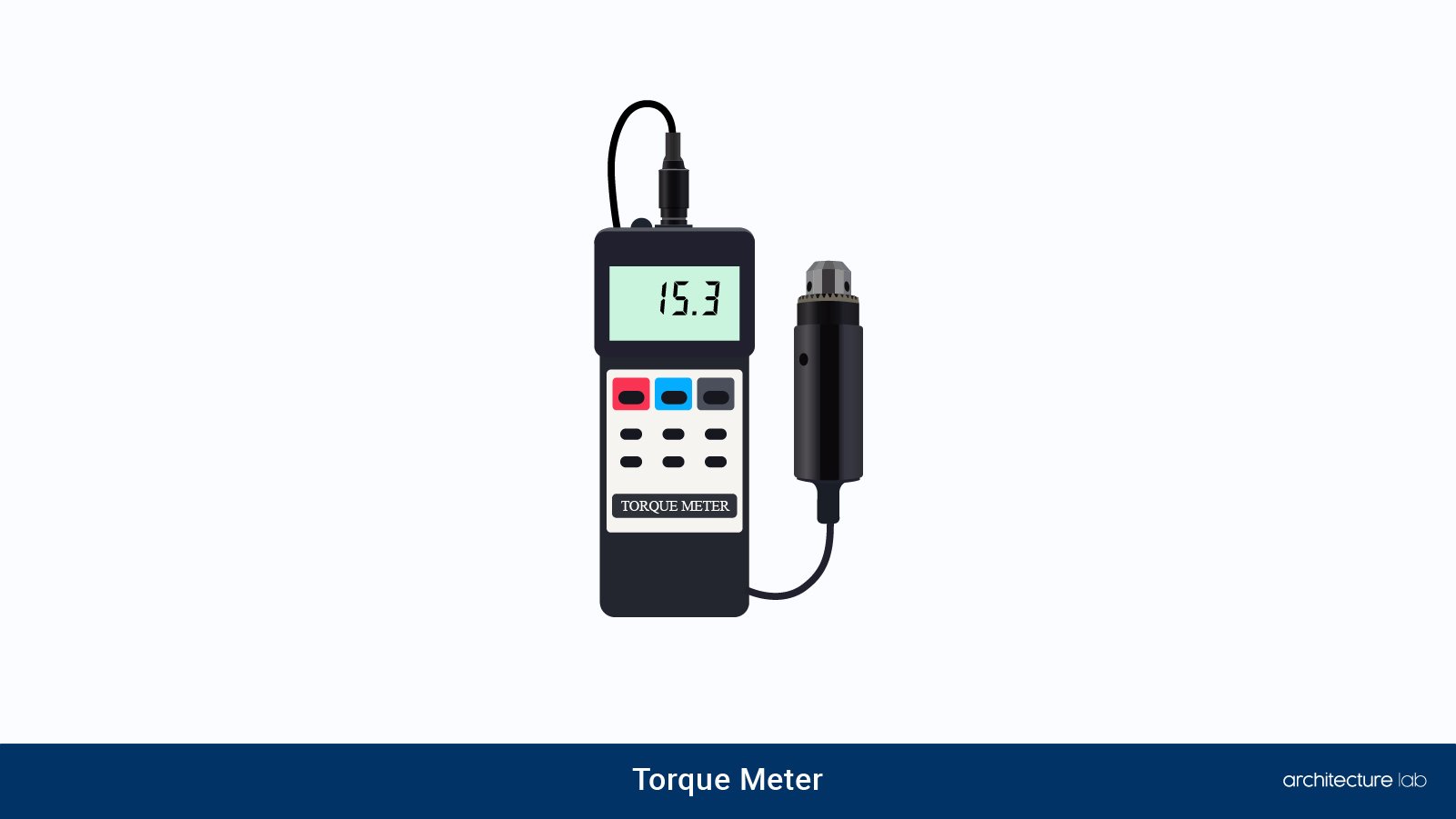
Akin to a dynamometer, a torque meter is used in research and development, manufacturing, field environment, laboratory, and more. Originating to operate in torsion, the units are measured either in kilograms or in Newton.
22. Borescope
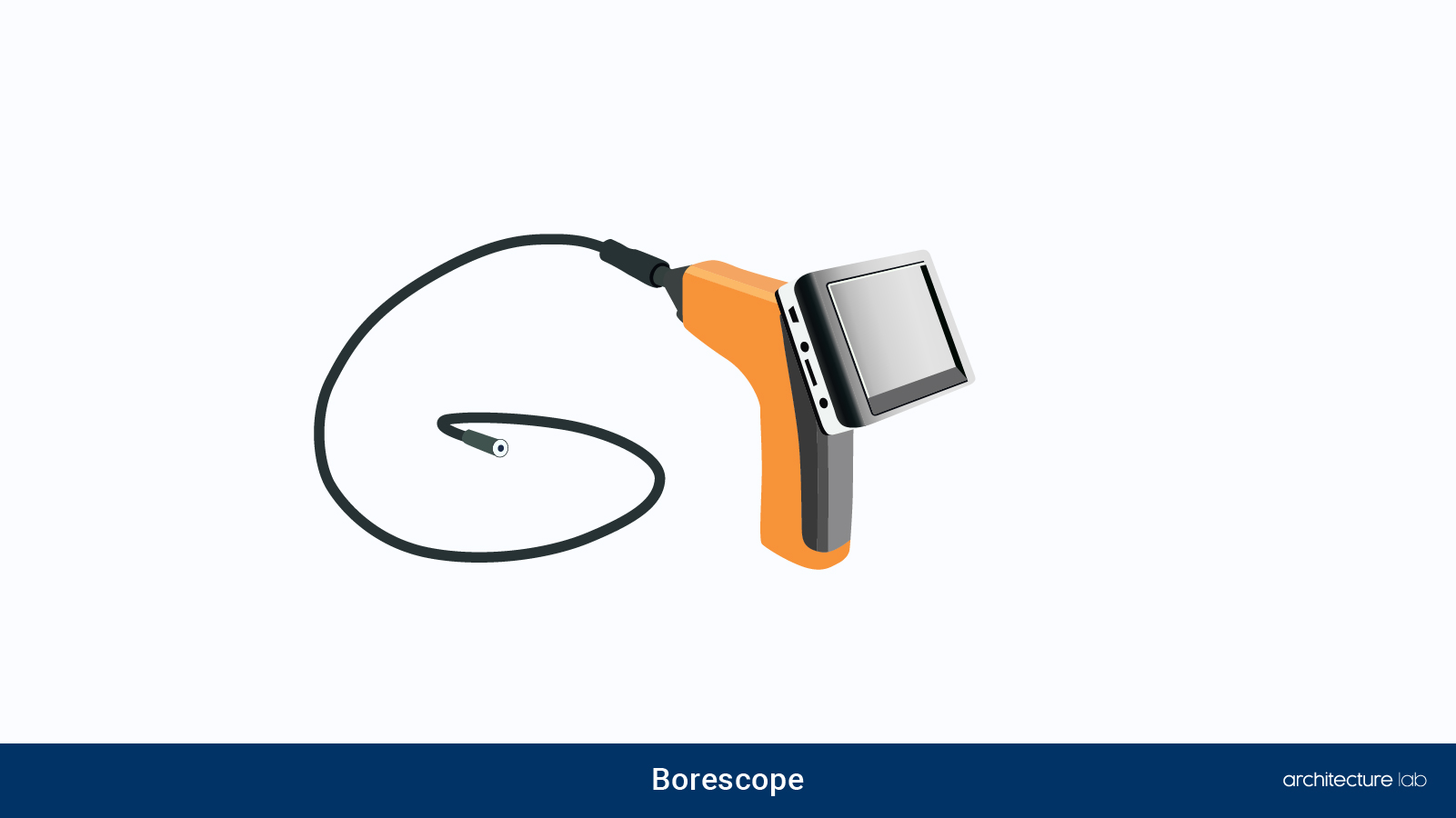
On the hunt for a measuring tool for viewing invisible areas? Then consider adding a borescope to your toolkit.
What’s particularly impressive about it is that it lets you see inside a tunnel or wall without destroying it. In addition, it provides accurate results, which is the icing on the cake.
Without a doubt, it’s one of the most valuable tools in a plethora of professions. Though it is available in three types, videoscope is the most preferred option among people. Simply put, it boasts a thin and pliable optical fiber that makes it possible for people to invade concealed areas to detect issues.
All in all, it’s a cost-effective measuring device that saves a lot of time and effort on such activities.
23. pH Meter
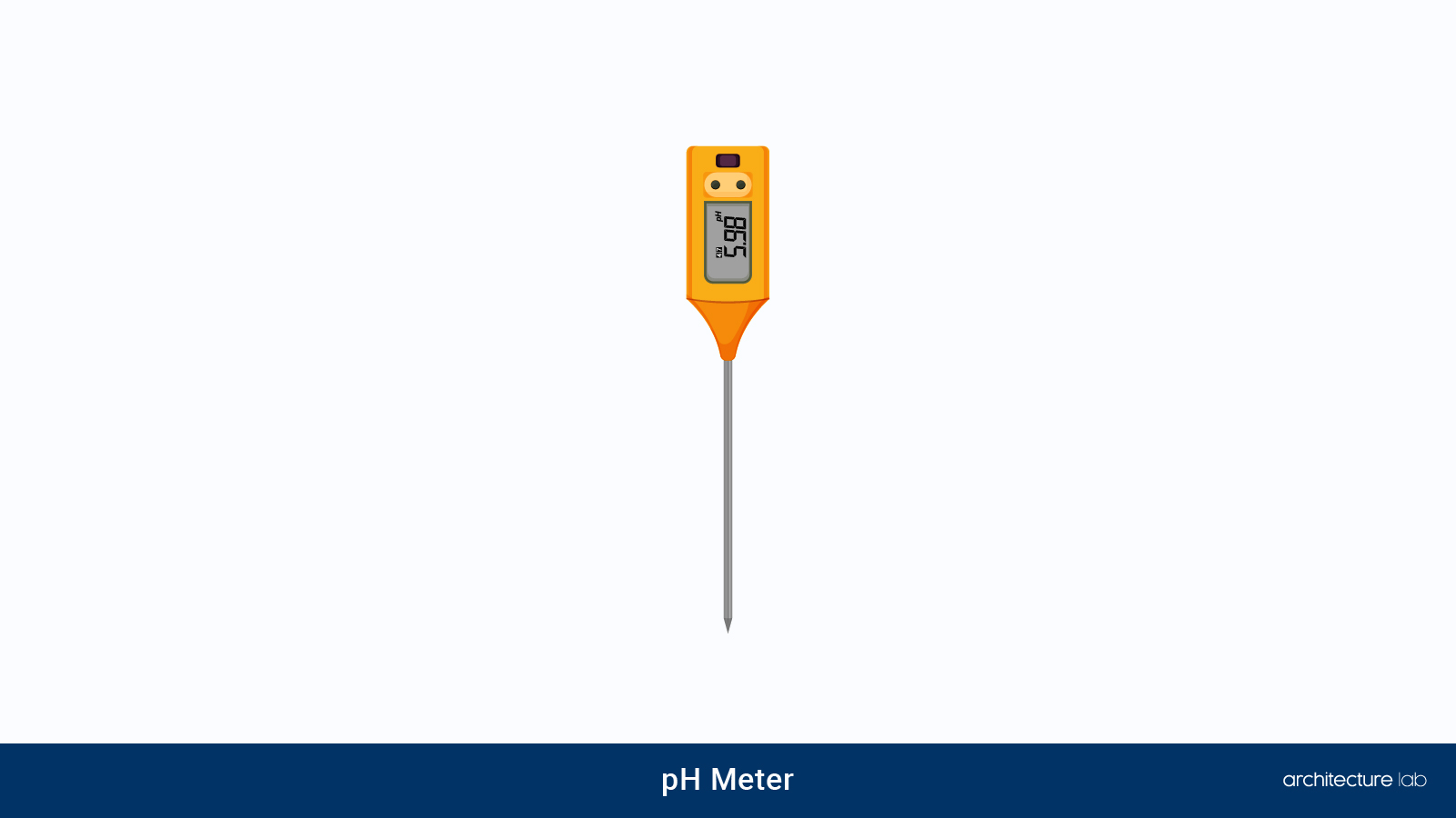
Yet another innovative measurement tool is the pH meter, which is used to measure the alkalinity or acidity of a solution. Typically, the pH meter that is used by professionals has a measuring range from 0 to 14.
24. Galvanometer
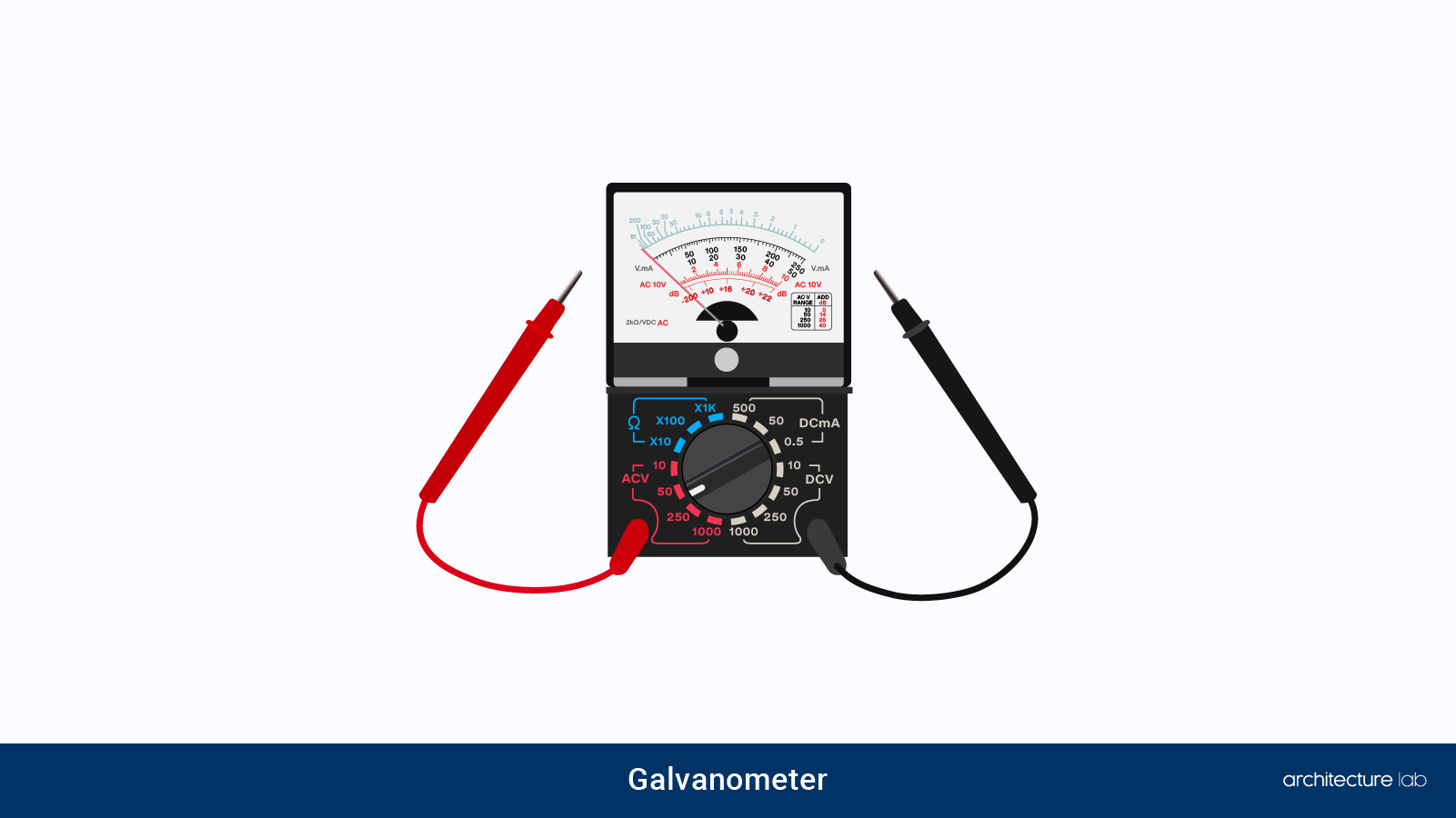
When there’s an electric circuit, determining whether the current is flowing or not is a challenge. That’s mainly because the loop or switch is turned off, which makes it further challenging to identify the flow of current.
Thankfully, a galvanometer is right up the street to help you determine the current flowing in the electric circuit.
25. Pin Gauge
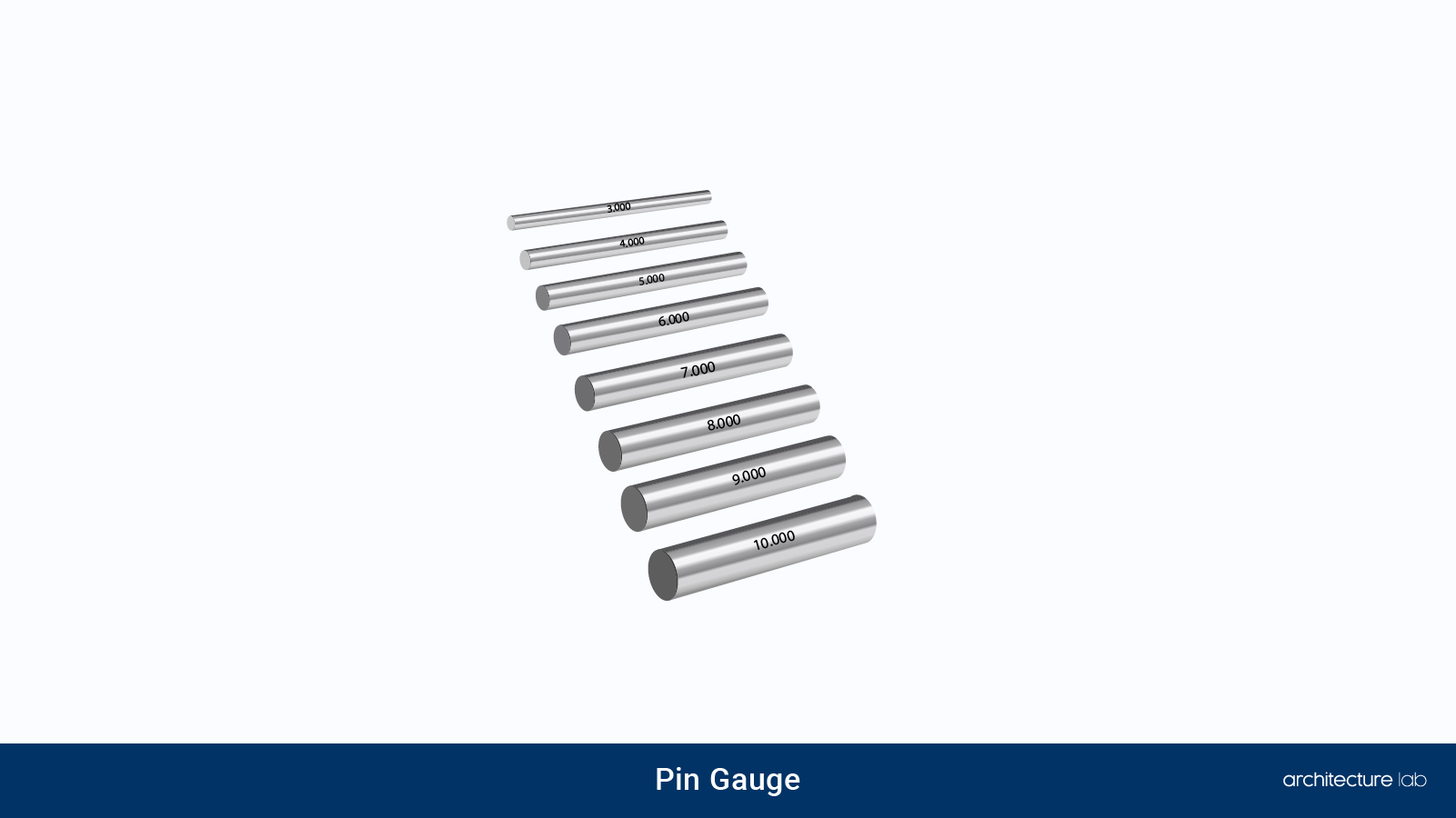
Typically, they are used to measure bored features, especially the straightness of a relatively deep bore.
More often than not, pin gauges are used in manufacturing businesses and are considered an integral part of the quality process. Businesses make use of pin gauges to ensure part interchangeability across processes or among diverse manufacturers.
26. Feeler Gauge
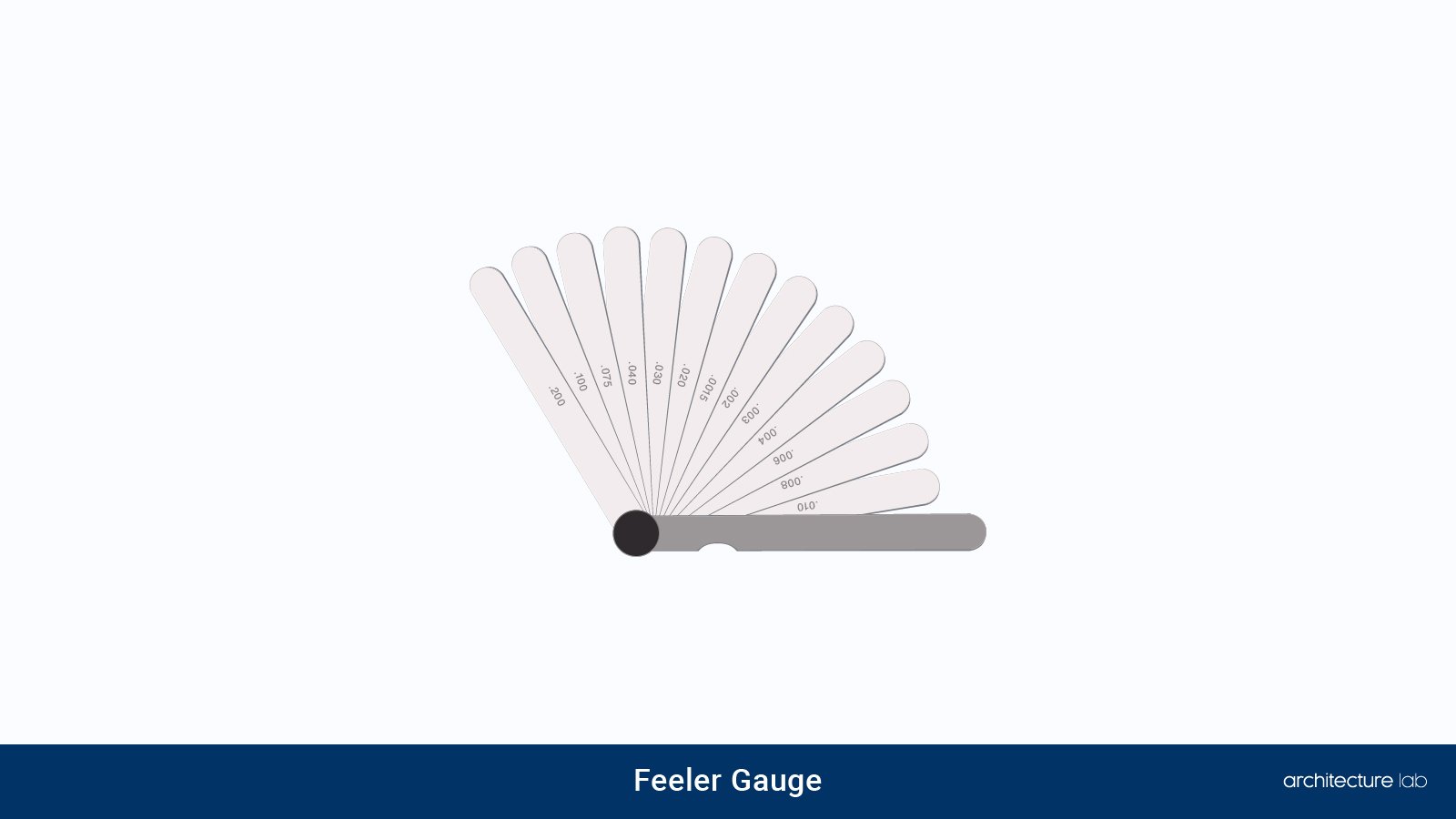
Oddly enough, a feeler gauge is used to determine the space between the components. Often it is referred to as the thickness gauge and may come in handy for measuring small spacing, narrow slots, and the fit between mating parts.
27. Height Gauge
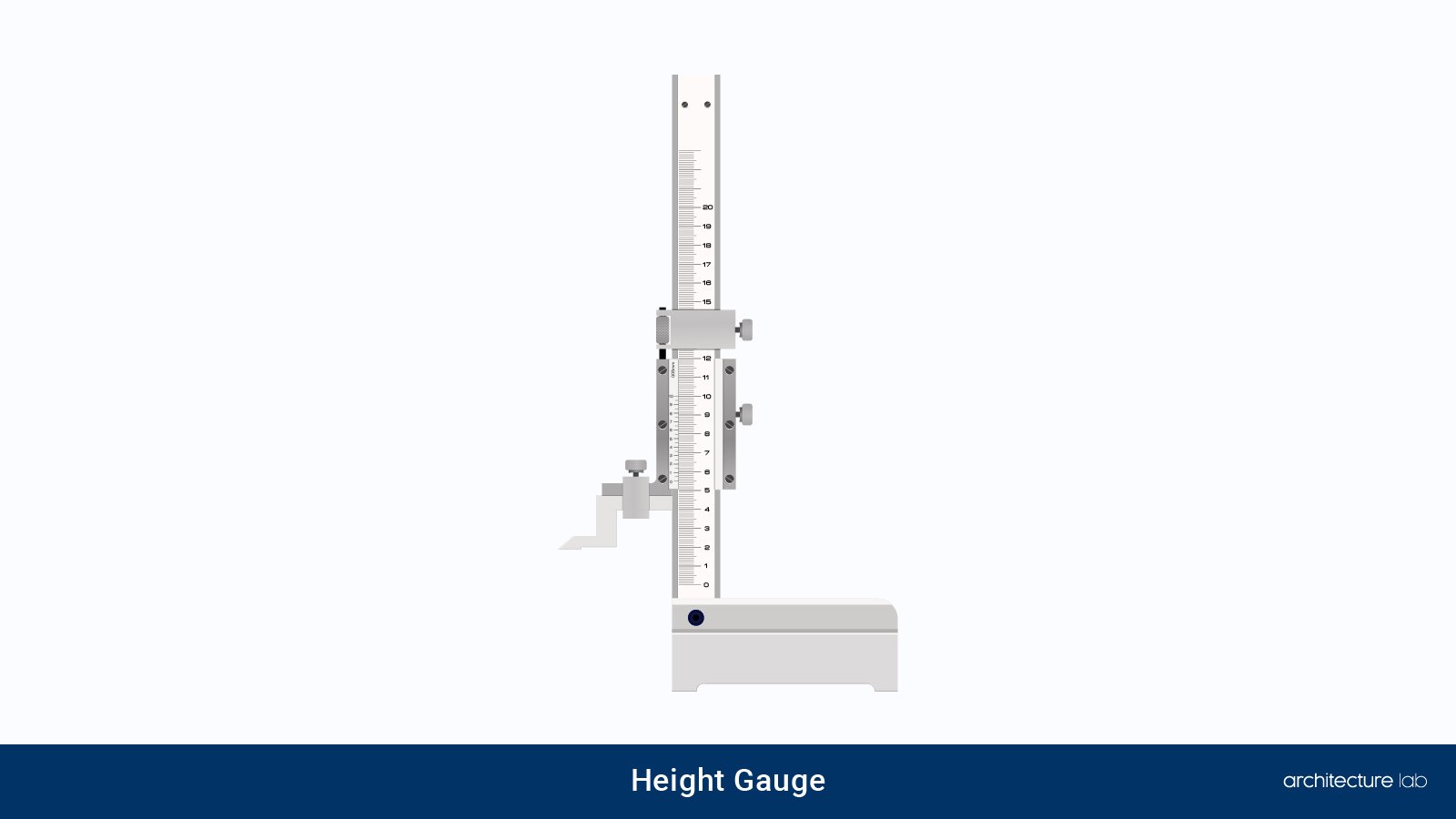
Irrespective of whether you’re a carpenter or an engineer, measuring heights is an indispensable part of your job. That’s where the height gauge enters the picture!
With a height gauge, you can easily measure vertical distances on objects or surfaces. Of course, the pointer serves as a scriber which is why it is sharpened to make marks on the workpieces.
Furthermore, there are three types of height gauge-dial, digital, and vernier height gauge, so you can opt for the one that you find convenient to use.
How To Choose The Right Measurement Tools?
When it comes to measuring tools, there’s no shortage as the market is saturated with varieties that are designed for diverse needs. That’s why choosing the right measurement tool can be a mind-boggling task.
However, don’t worry, for we’ve mentioned a few pointers that will come in handy for choosing the right tool for your needs.
A. Size Of The Object
Before anything else, make sure you take into account the size of the object that is to be measured. Of course, you cannot use tape to measure the curvature of a plane wing.
Ideally, it’s best to go for laser measure for large objects, while tape, ruler, or protractor are perfect for small things.
B. Nature Of Your Job
Another crucial factor to consider is the nature of your job, as it will help you pick the right tool. That is to say, if you’re a tailor, go for a measuring tape to pull off all the tasks effortlessly.
Meanwhile, constructors should go for a level, ruler, tape measure, angle locator, or caliper as they are designed, keeping in mind the surfaces and objects they deal with. However, opting for angle locators, height gauges, or measuring squares will be the best bet if you’re a carpenter.
C. Digital Or Analog
Almost every measuring tool is available in both digital and analog styles, so it’s important for you to decide which one to go for. In our humble opinion, we suggest both professionals and amateurs go for digital measurement tools because they provide an accurate reading, are more reliable, and are easy to use.
Which Tool Is Perfect For Measuring Flat Surfaces?
For measuring flat surfaces, we suggest going for rulers because they ensure accurate measurements of the area.
What Are The Measurement Tools That Are A Must-Have In Every Professional’s Toolkit?
In our opinion, protractors, speed squares, angle locators, laser levels, and tape measures are five measurement tools that are a must-have in every professional’s toolkit.
Why Is It Important To Use The Right Measurement Tool?
More often than not, measurement tools are used to measure height, depth, weight, temperature, and a plethora of other things. Without the right tools by your side, you won’t be able to measure objects accurately, which will further destroy the project. Hence, investing in the right measurement tool is crucial to pull off the task successfully.
On that note, it’s finally time to wrap up our guide on the topic. Certainly, measuring tools are an indispensable part of our everyday lives. Regardless of whether you’re a carpenter, constructor, engineer, baker, or housewife, it’s impossible to carry out day-to-day tasks without having them by your side.
Not to deny, the right tools along with the correct skills will help you pull off your task with ease, no matter how challenging it is. Before we call it a day, here’s a last piece of advice – don’t forget to evaluate the nature of your task and the objects you have to measure ahead of buying tools. That’s it for today. Till we meet again!


